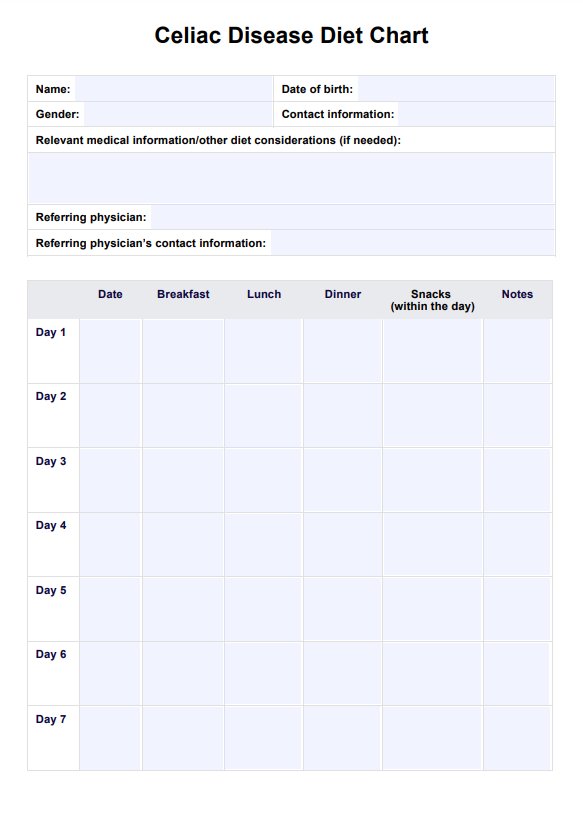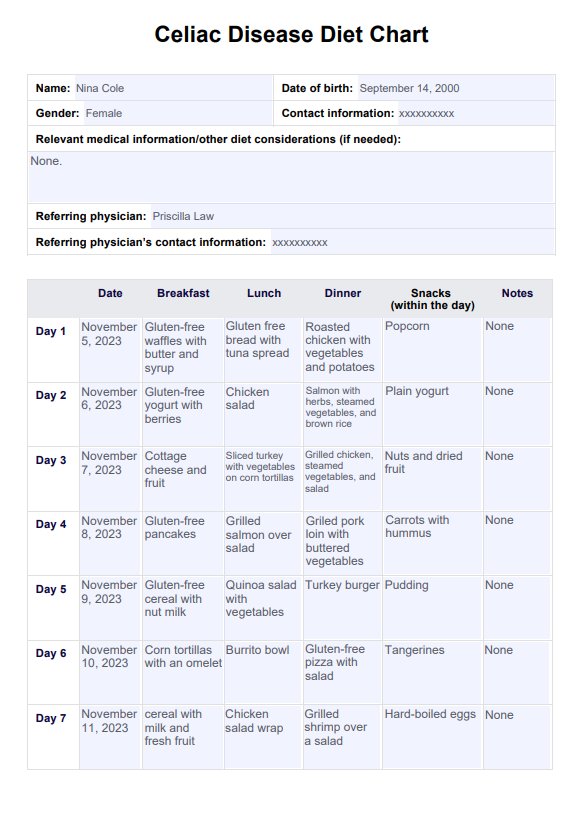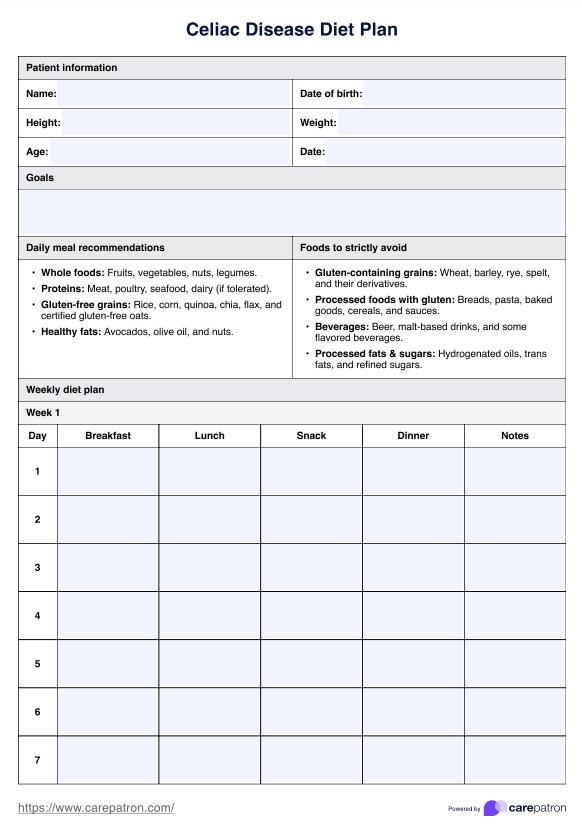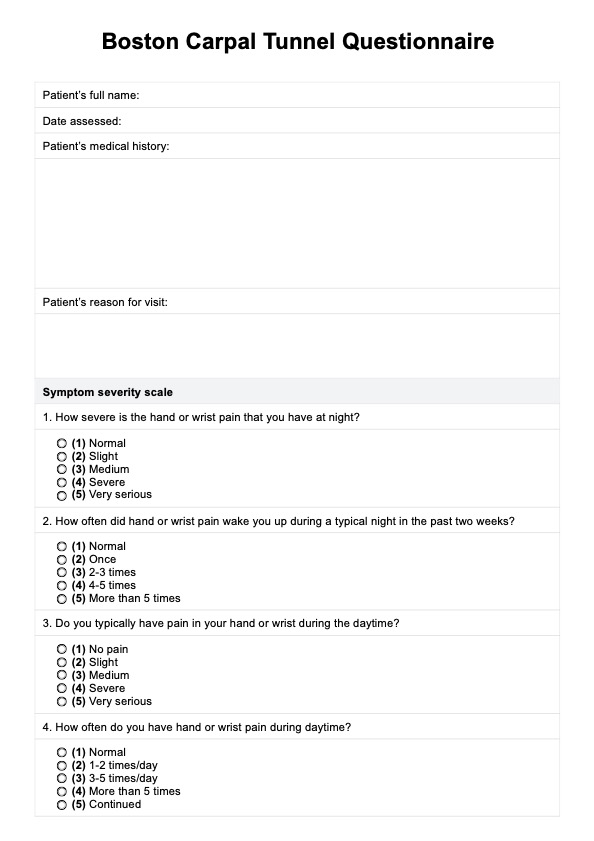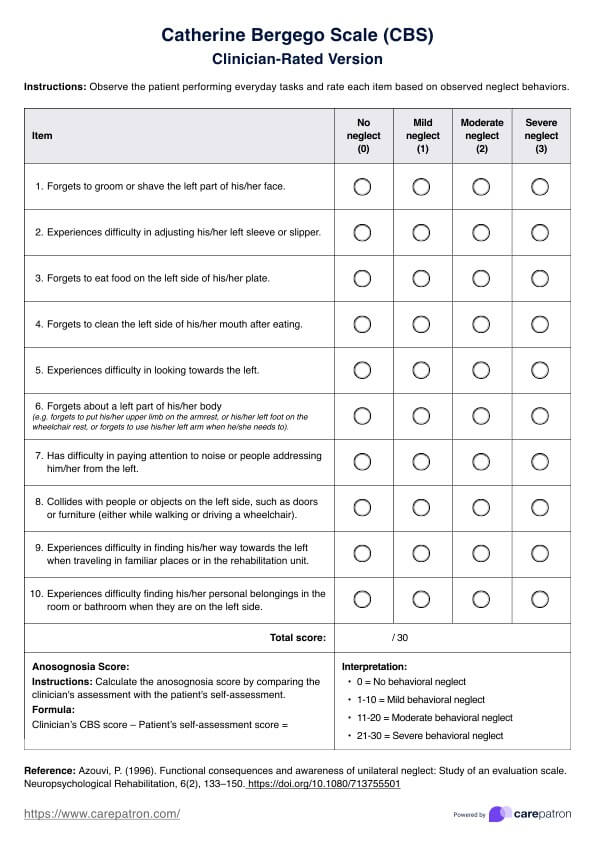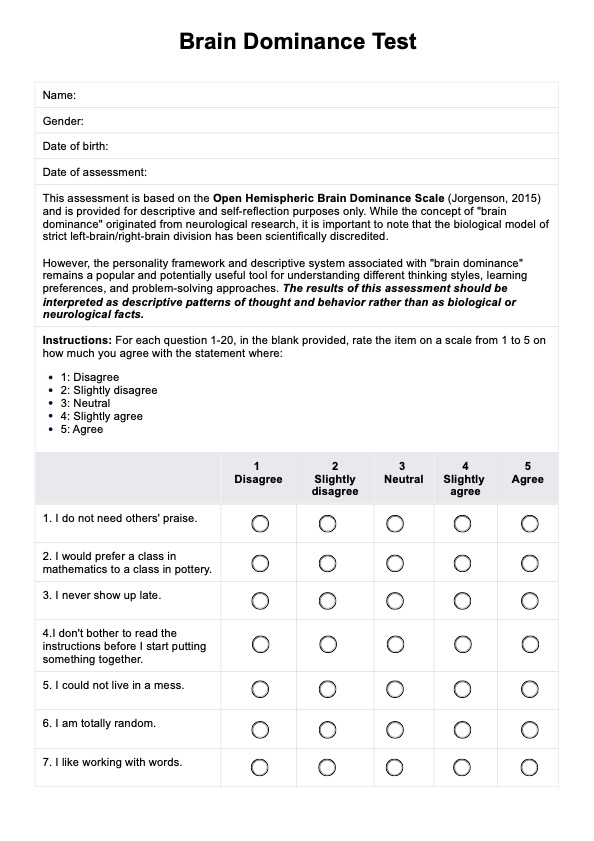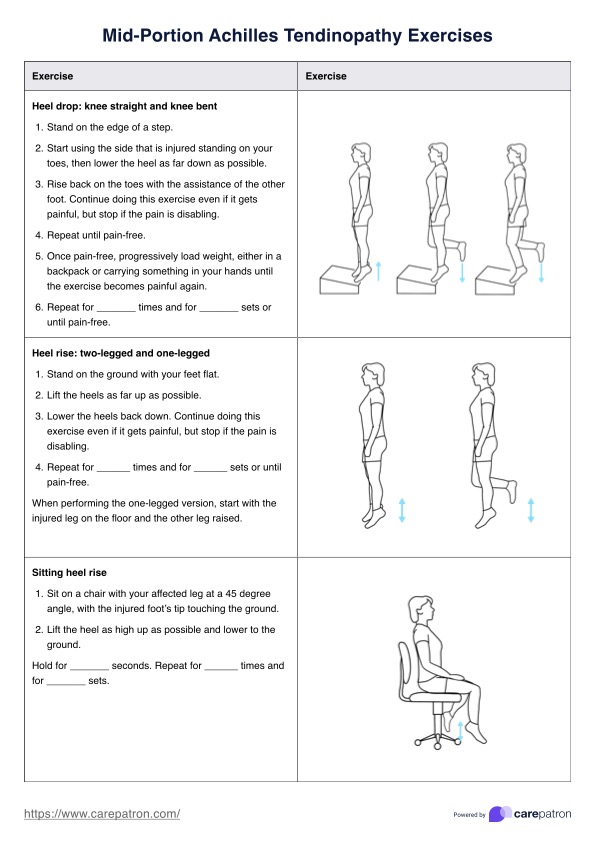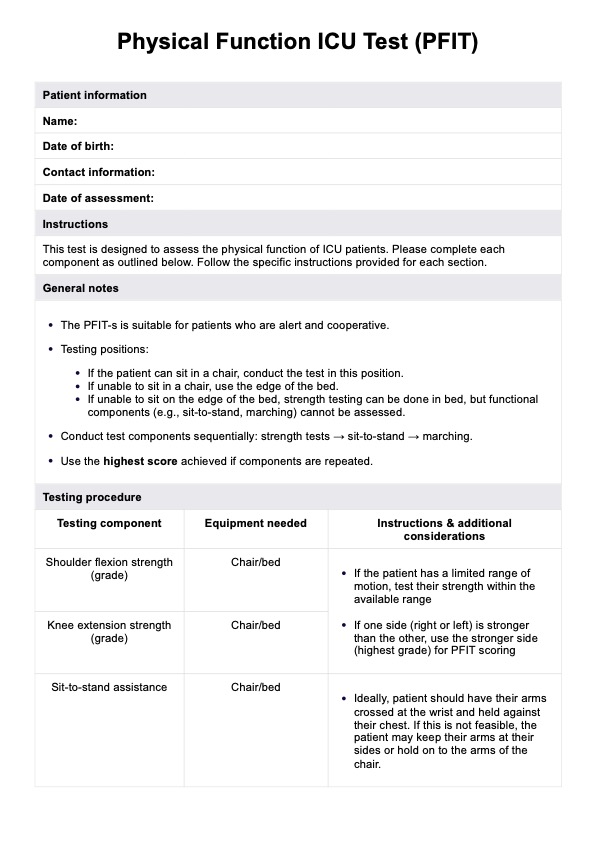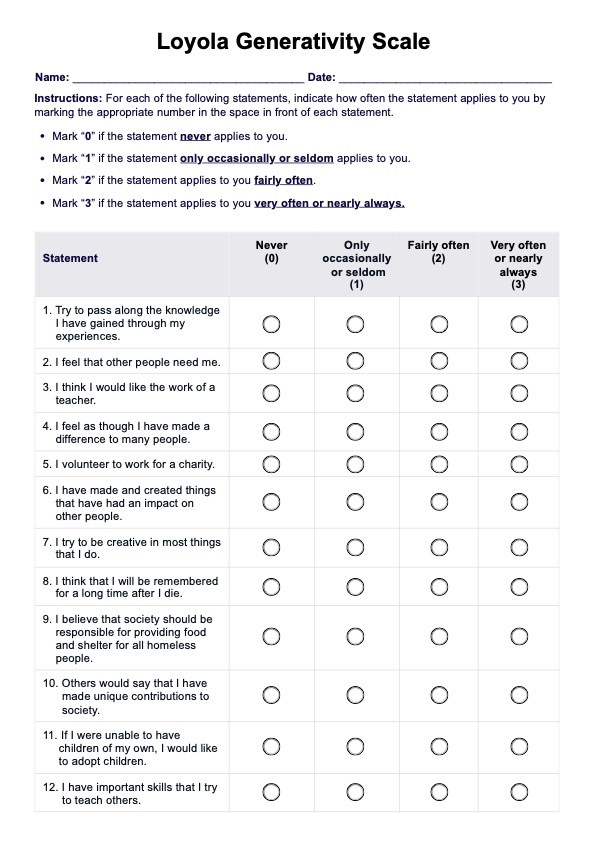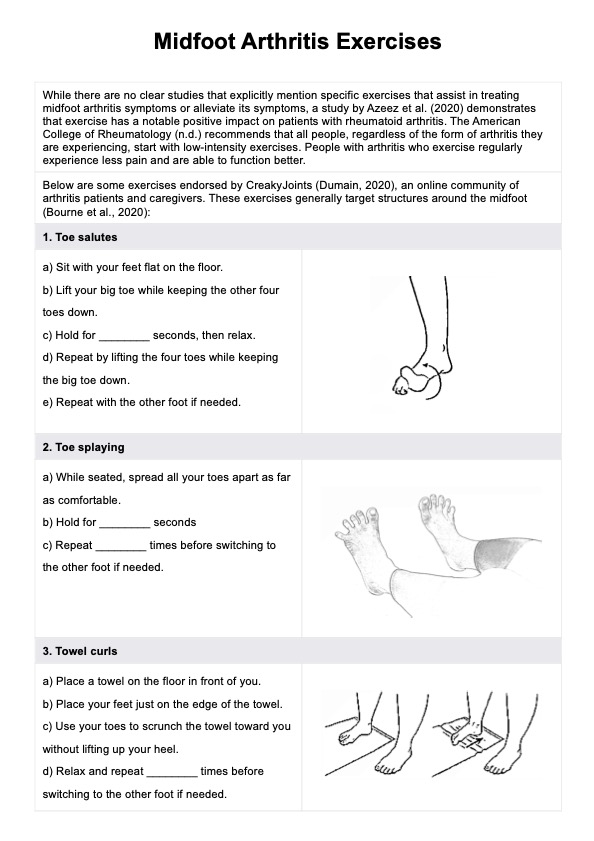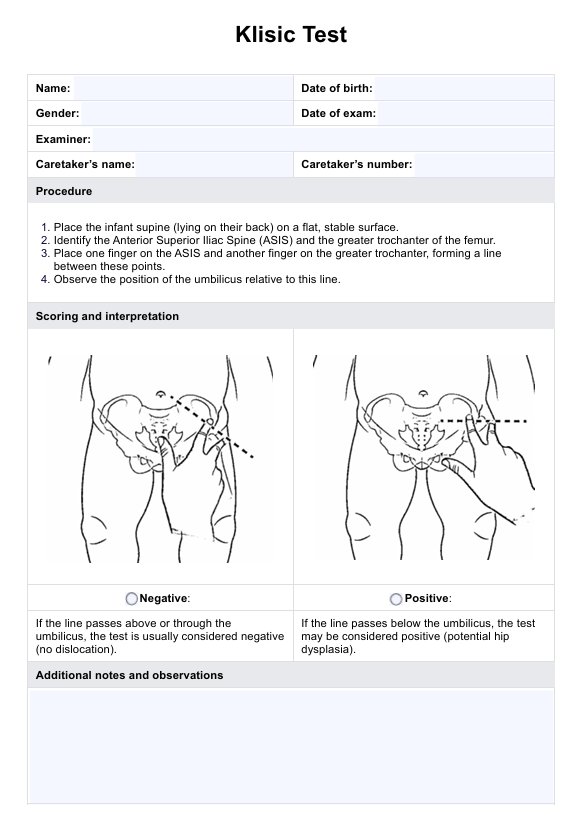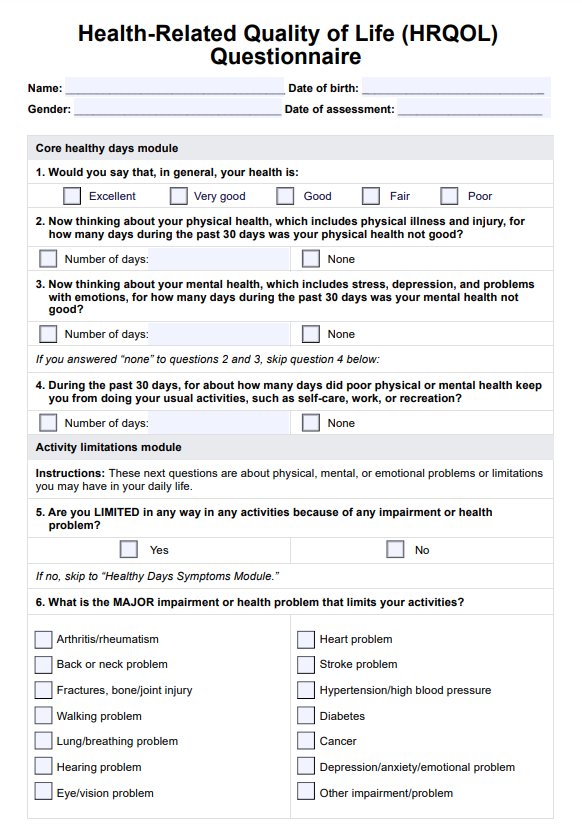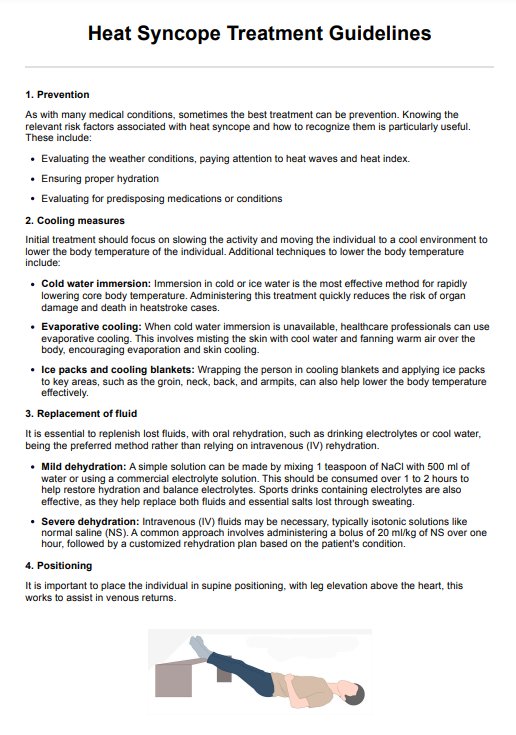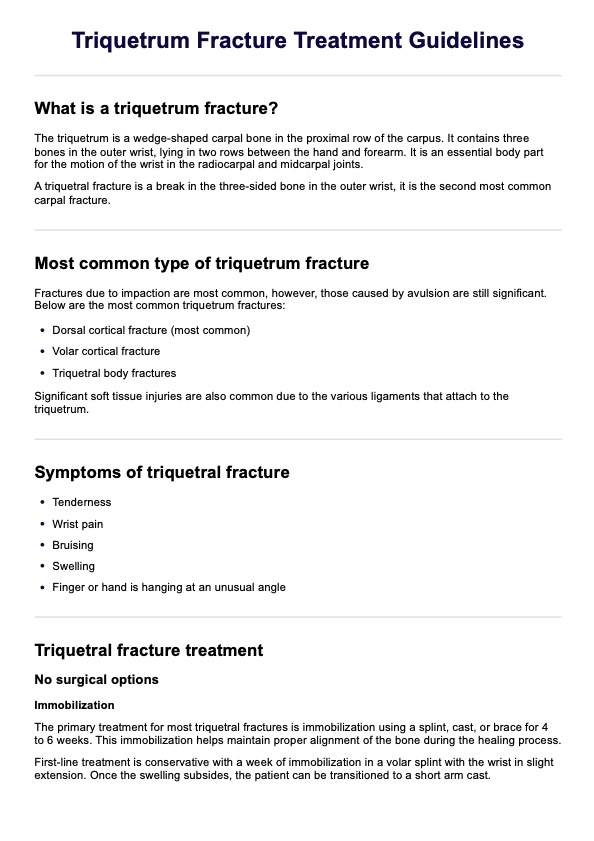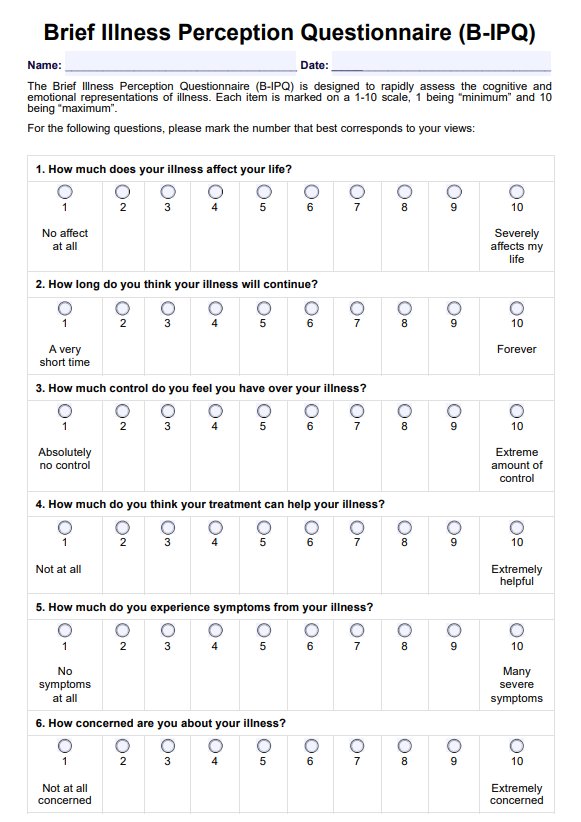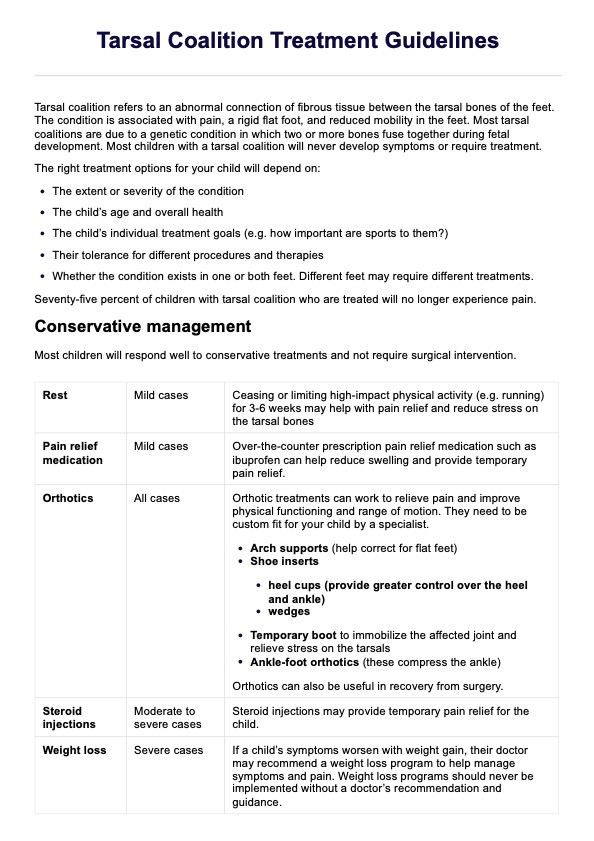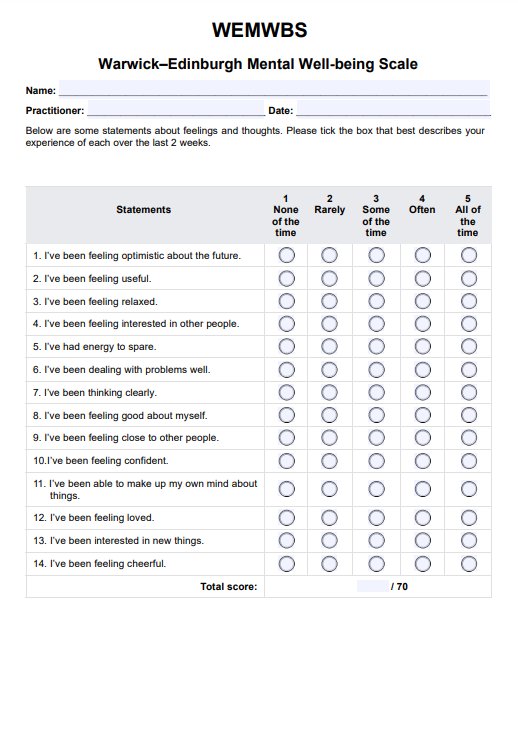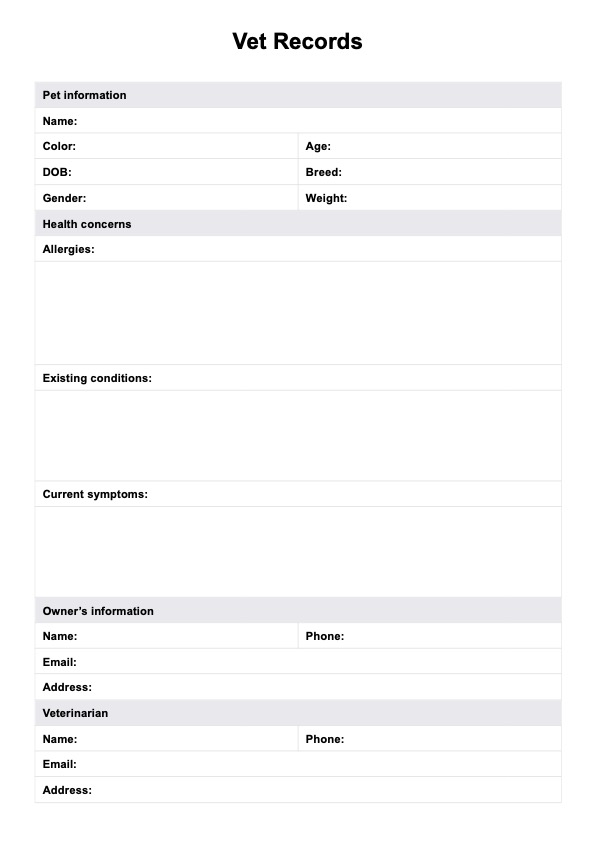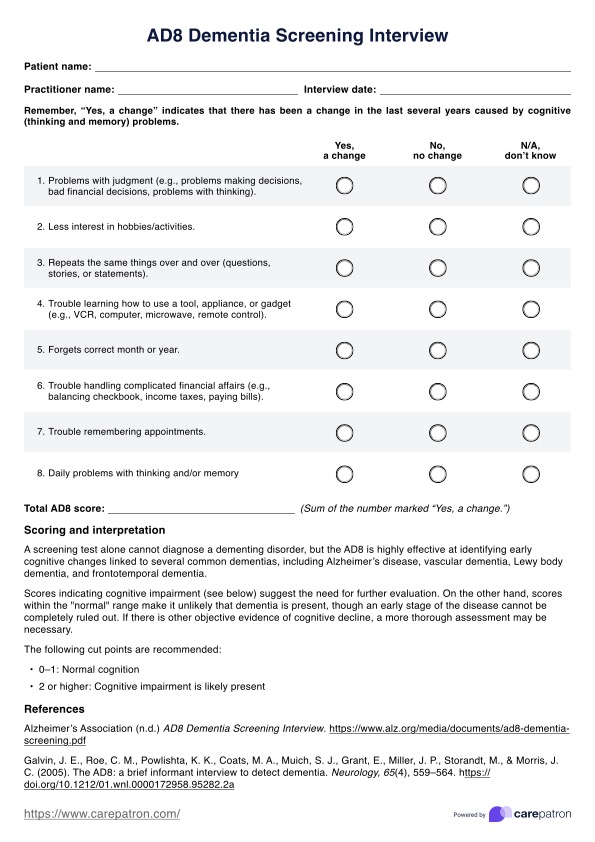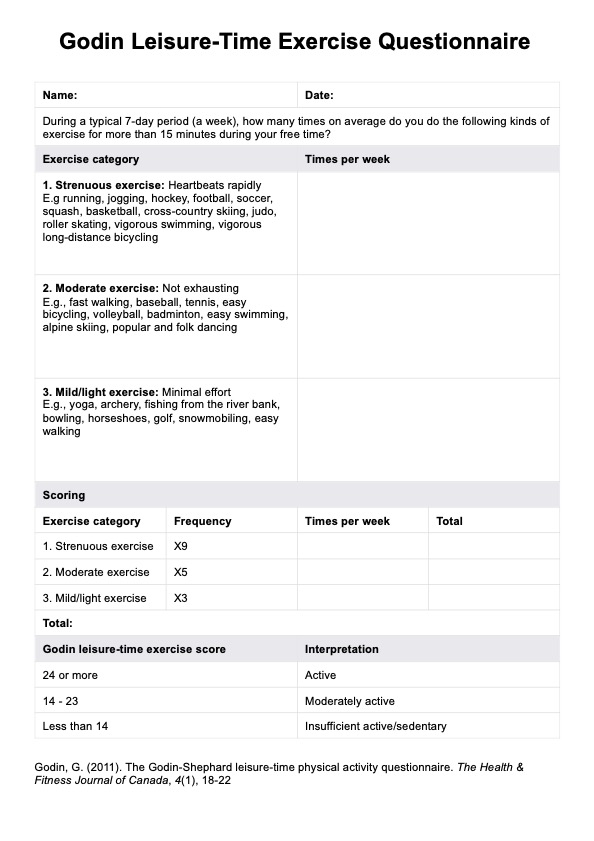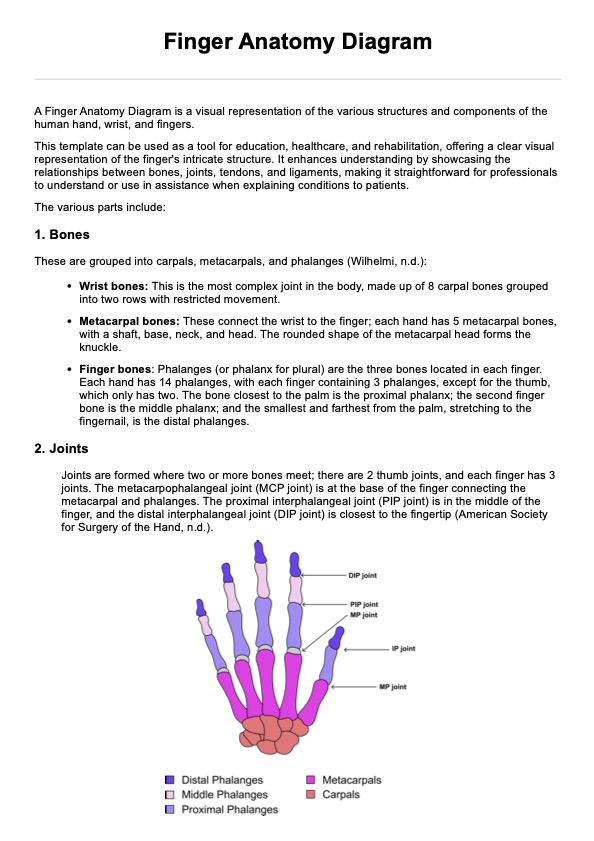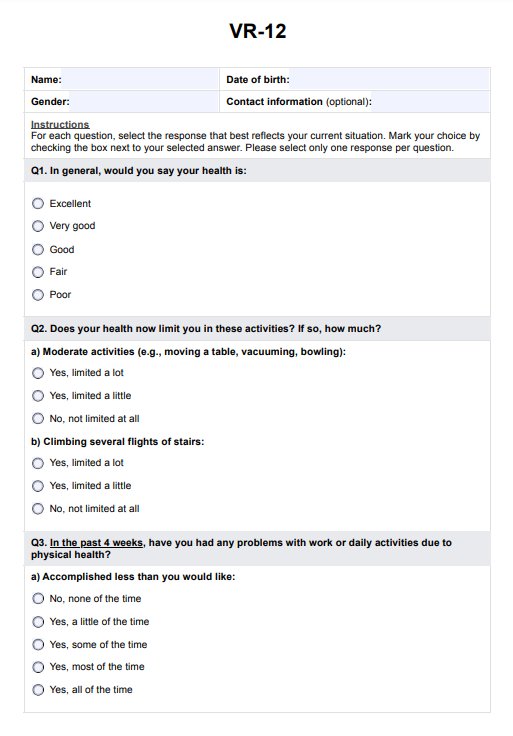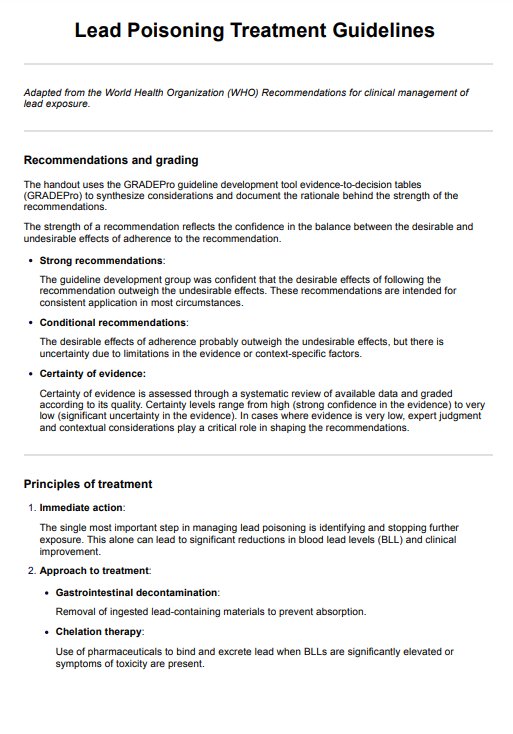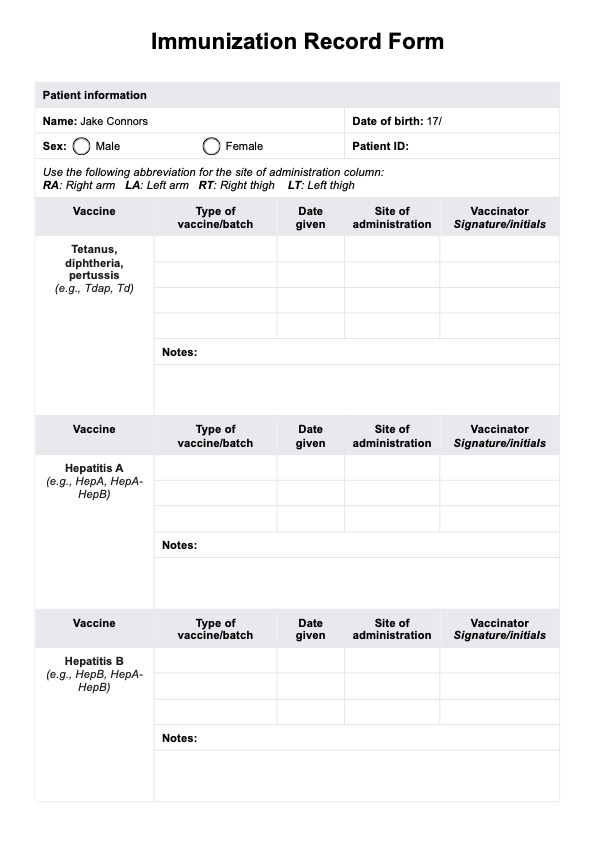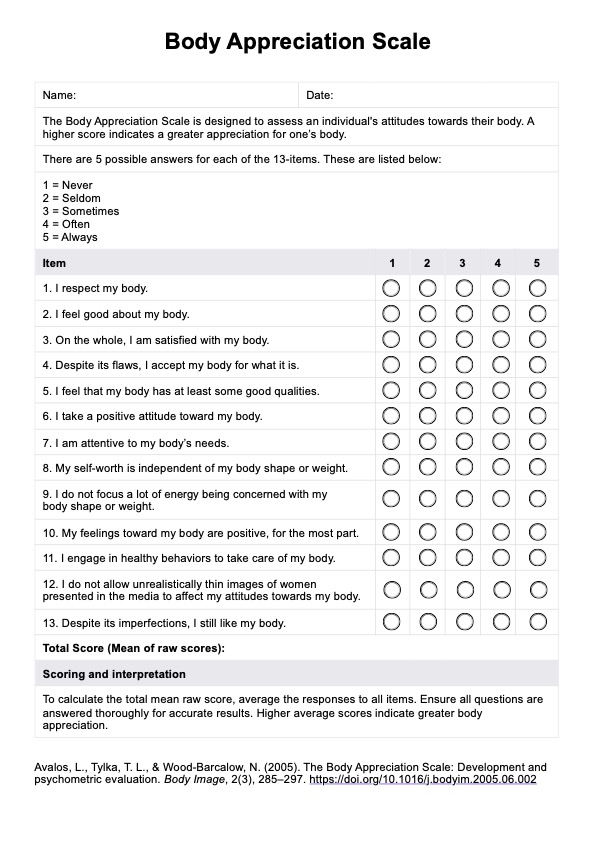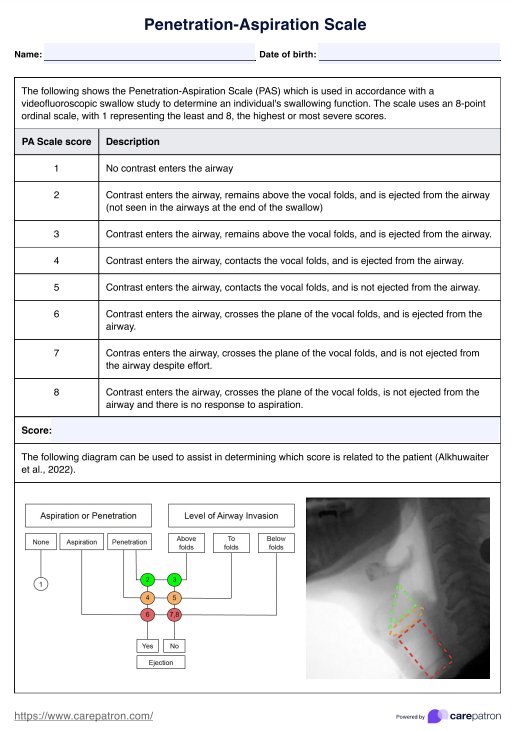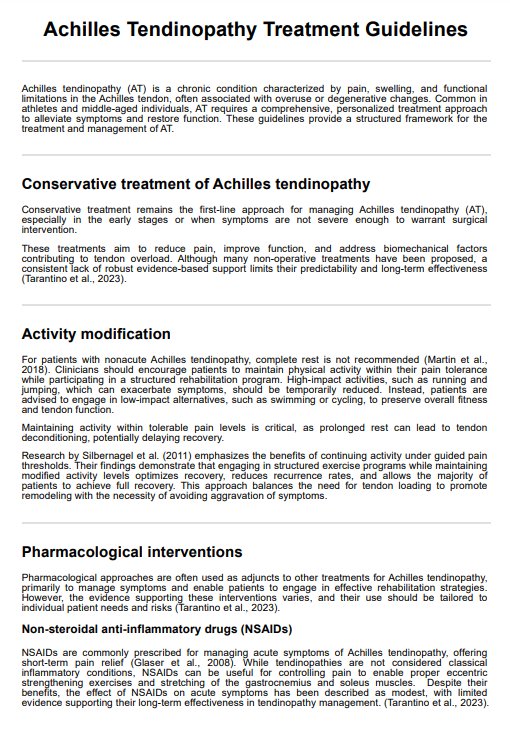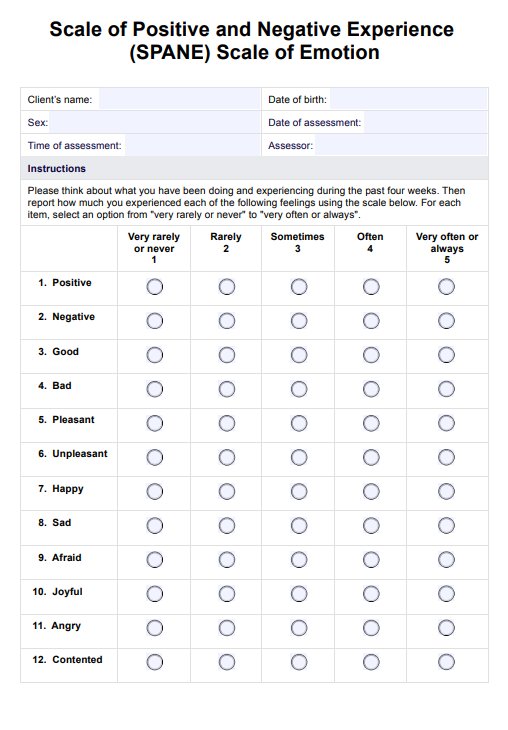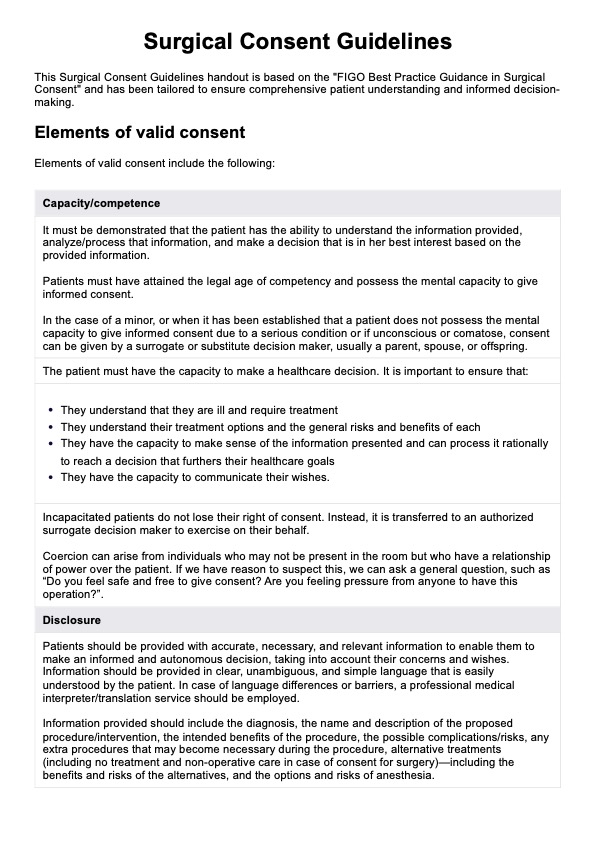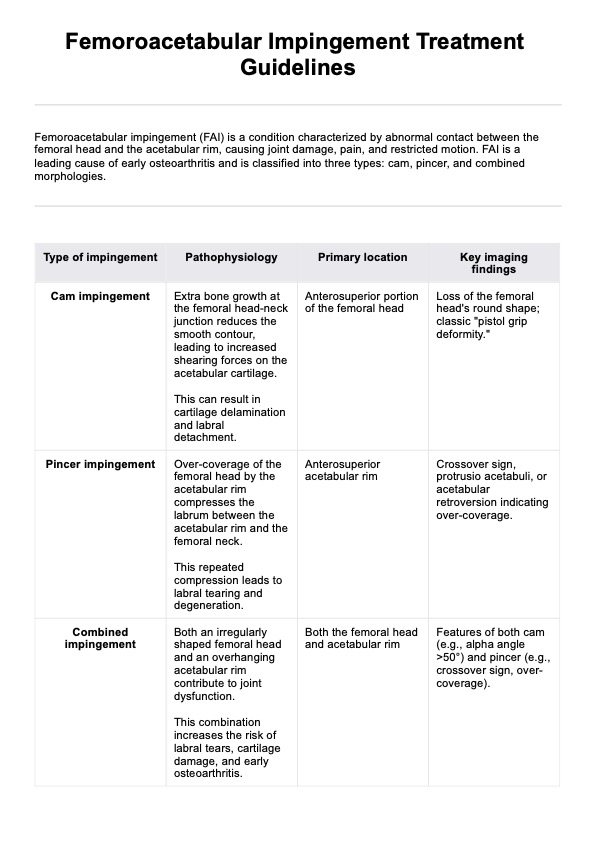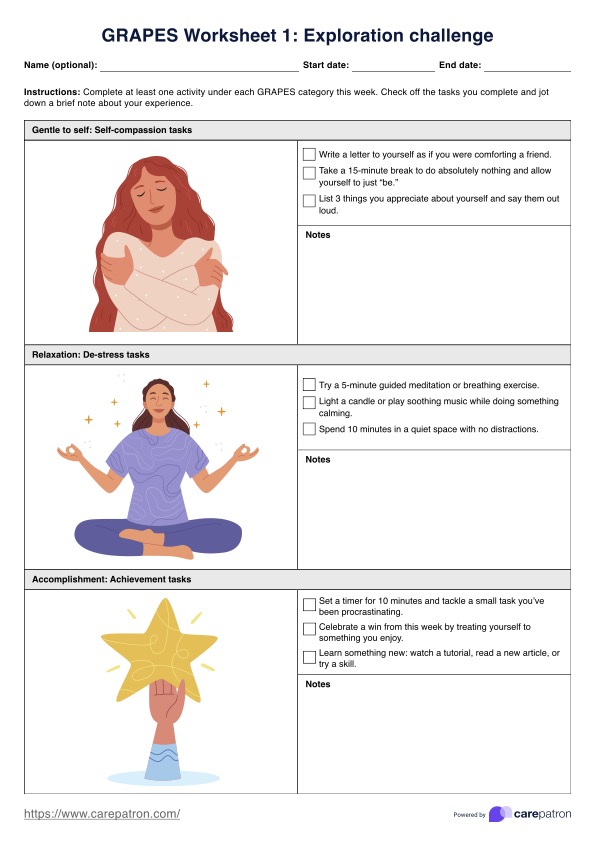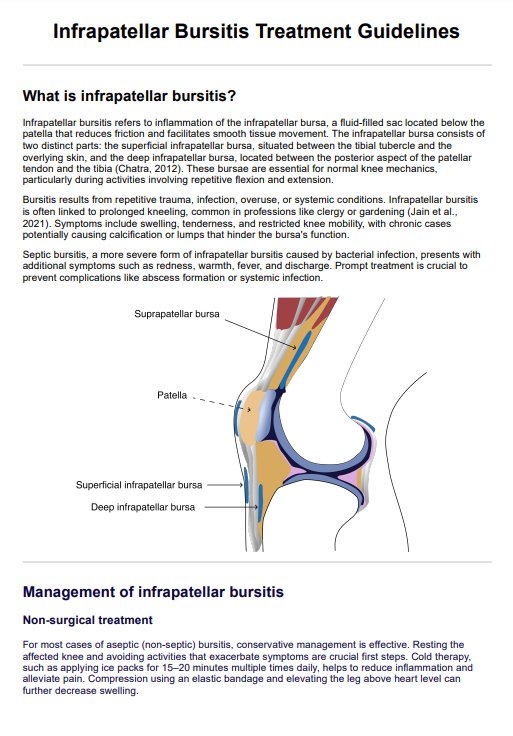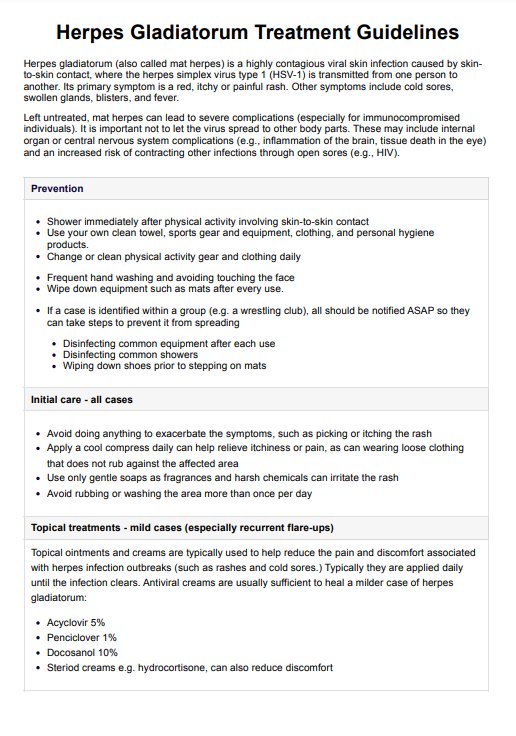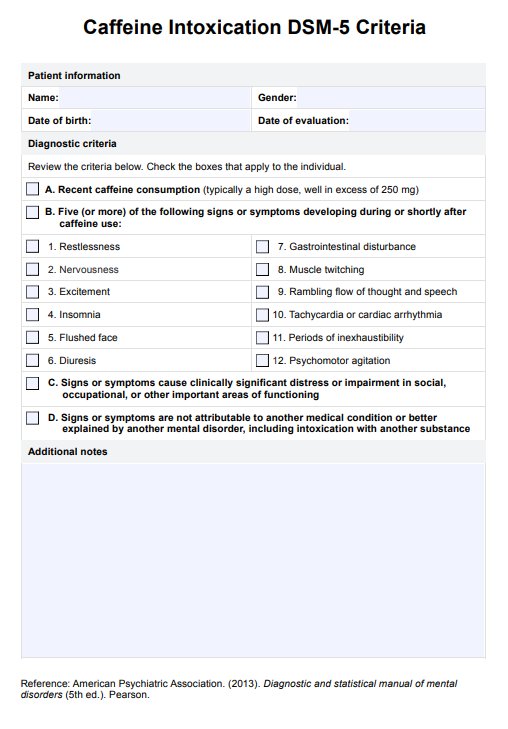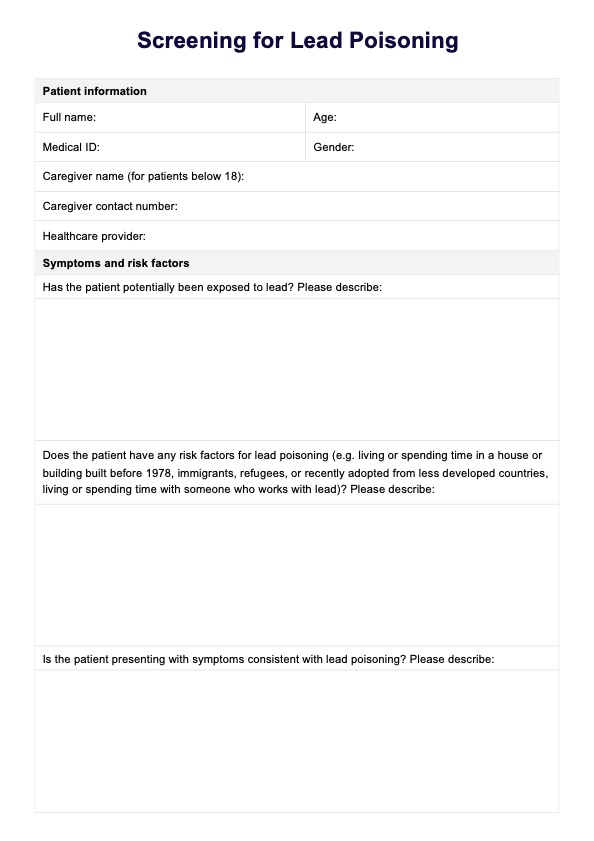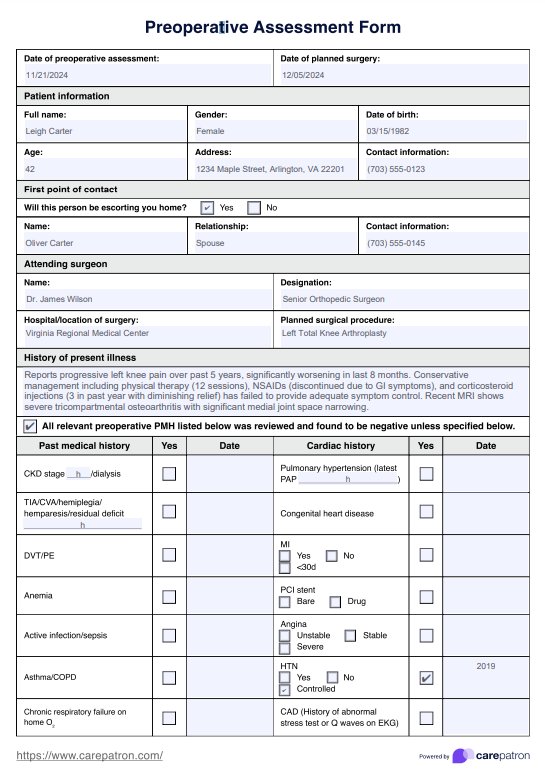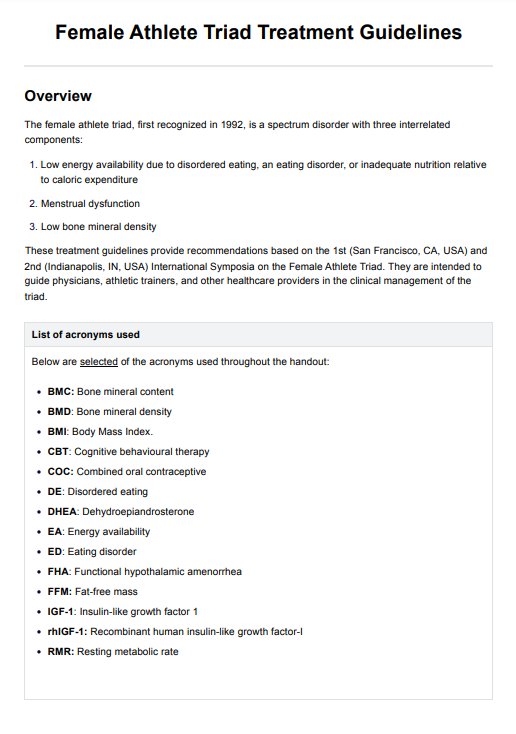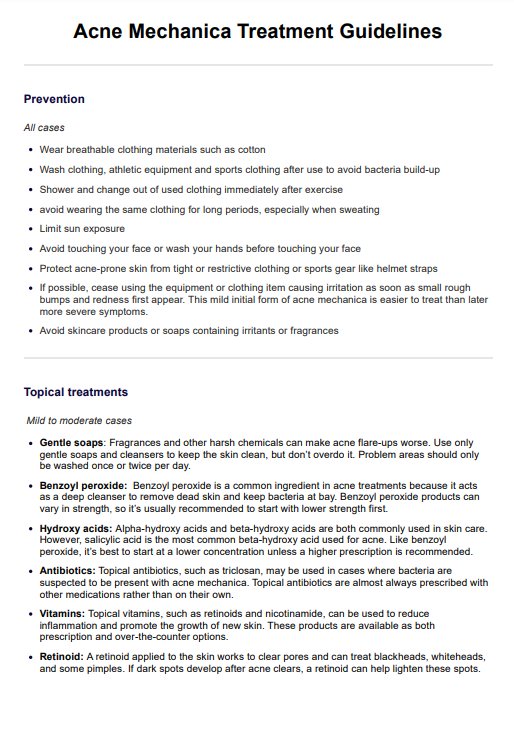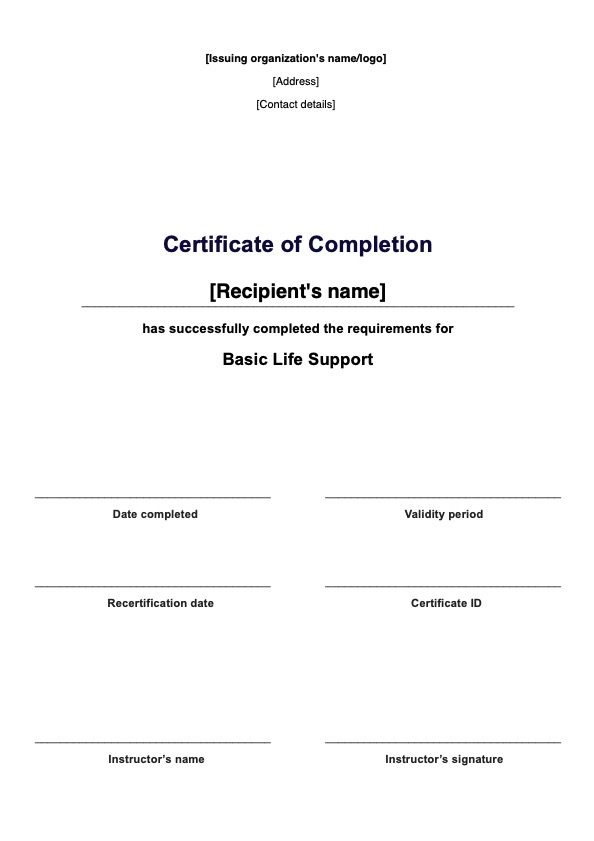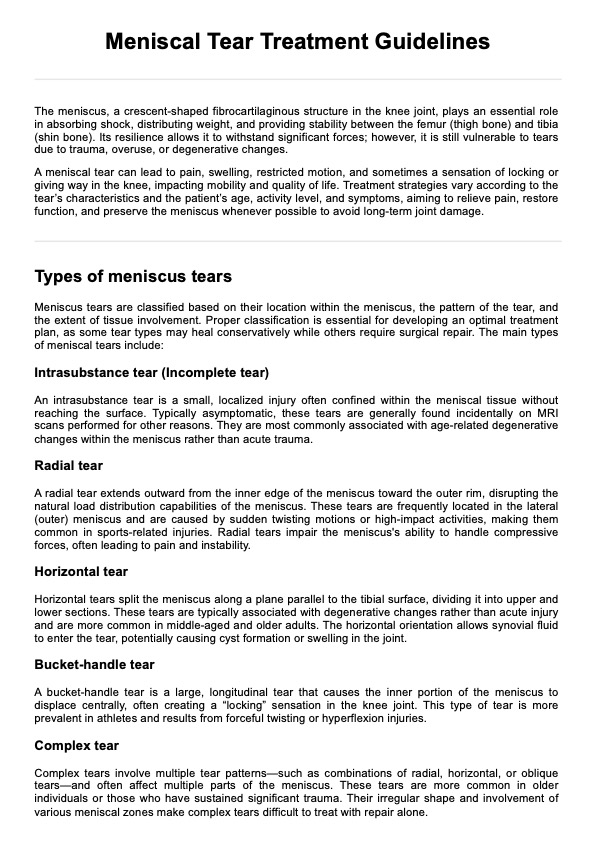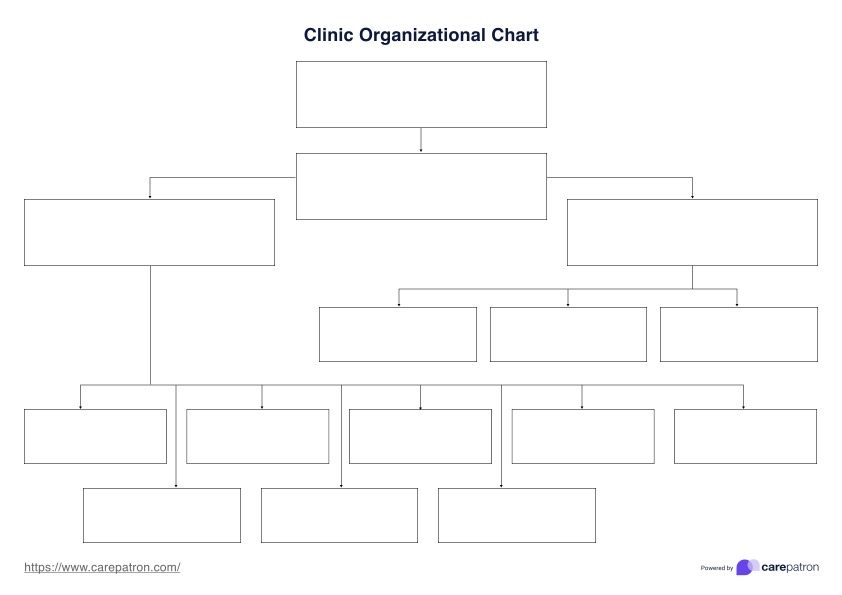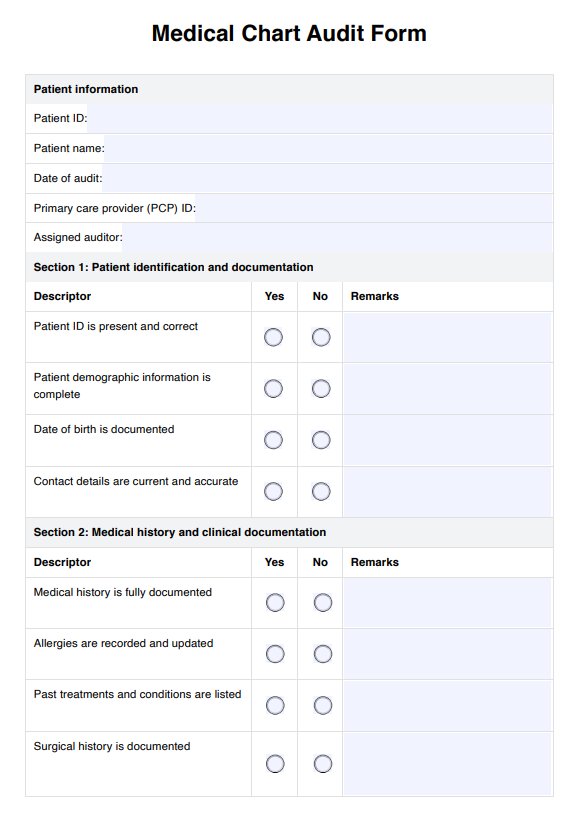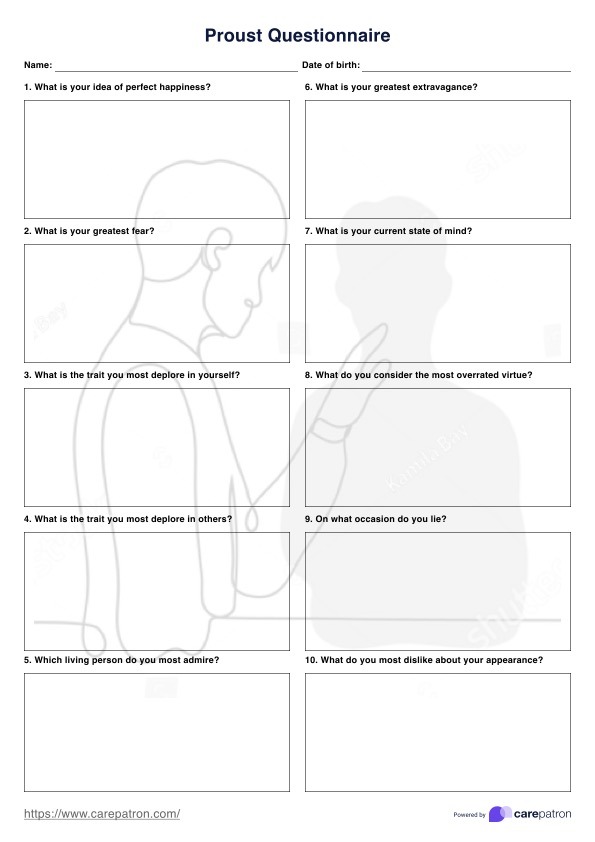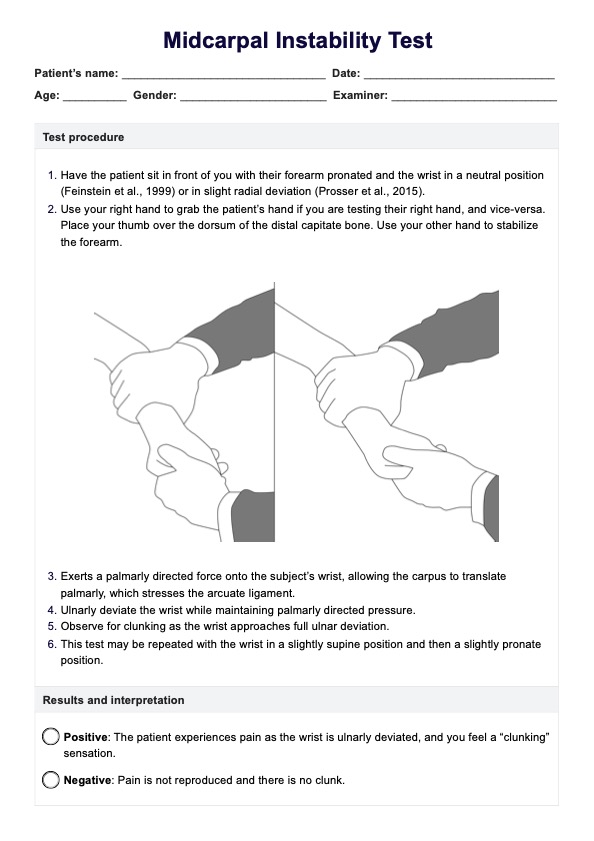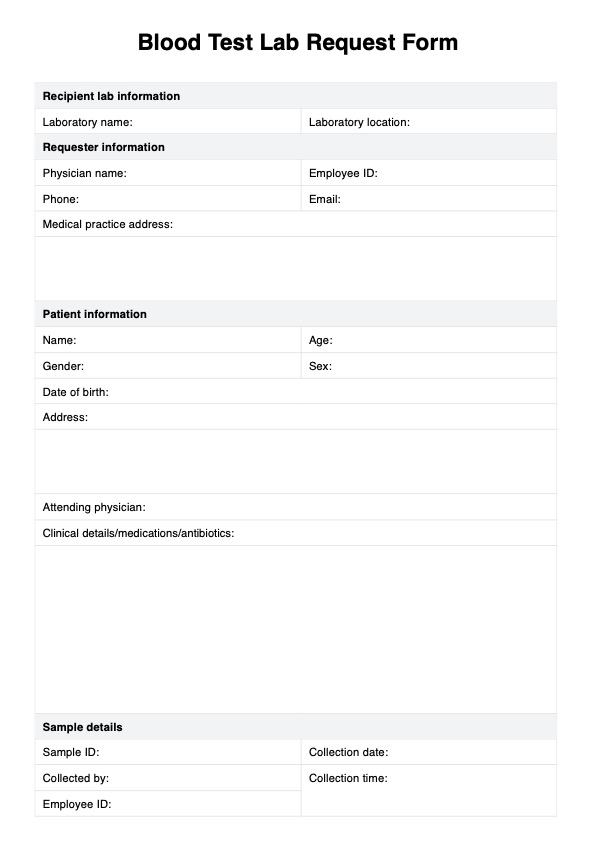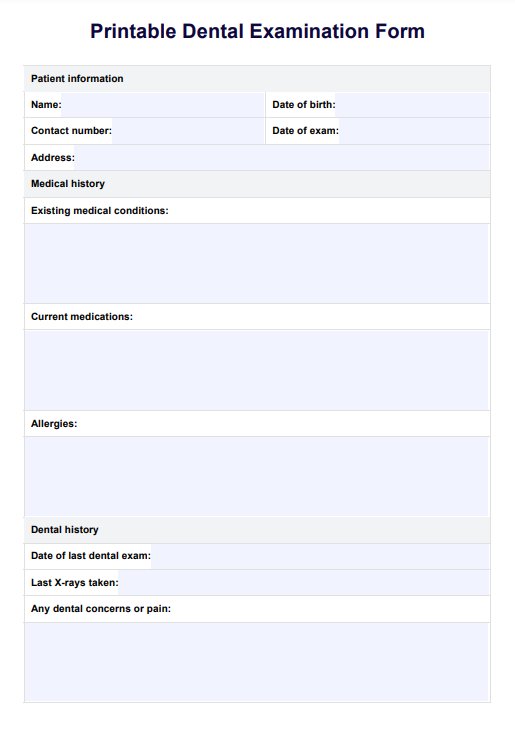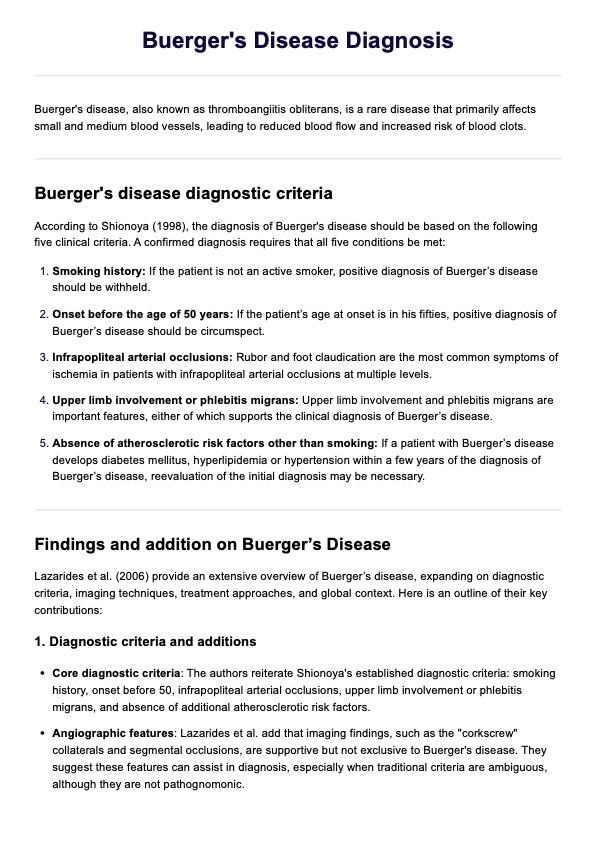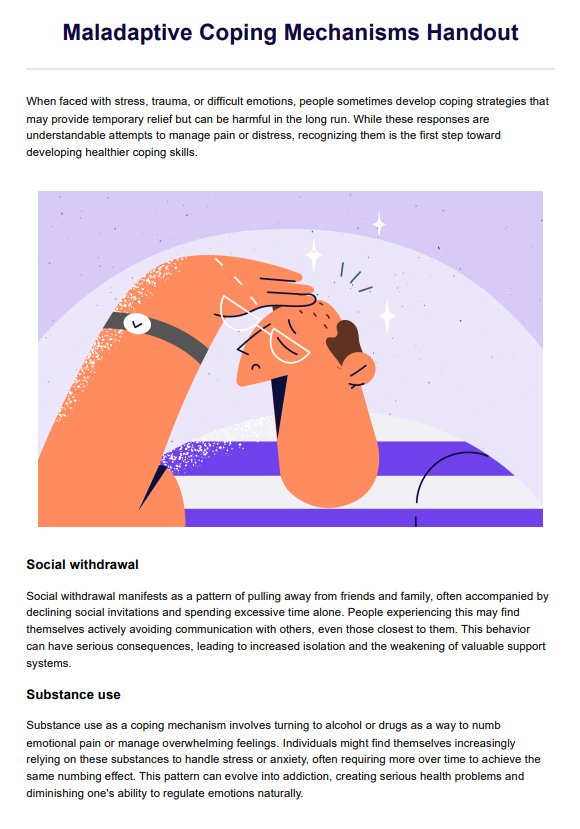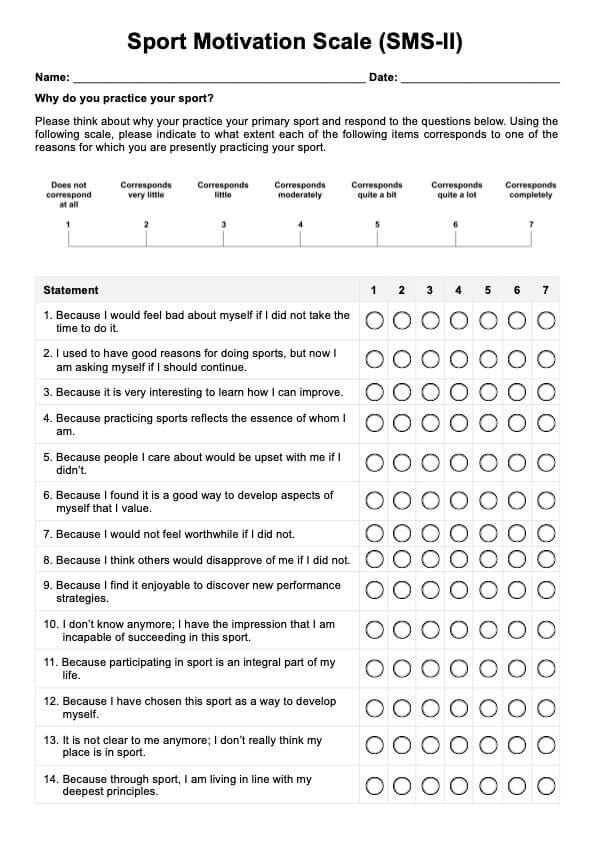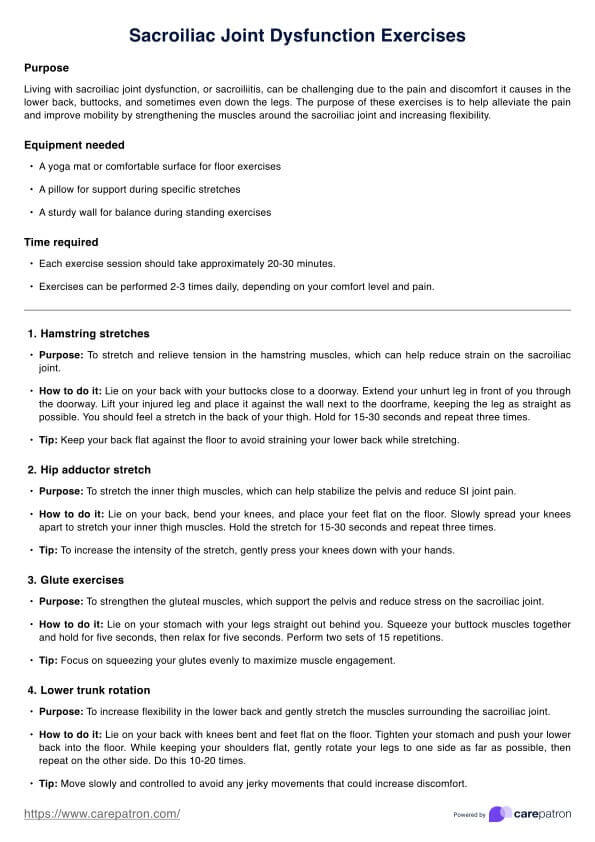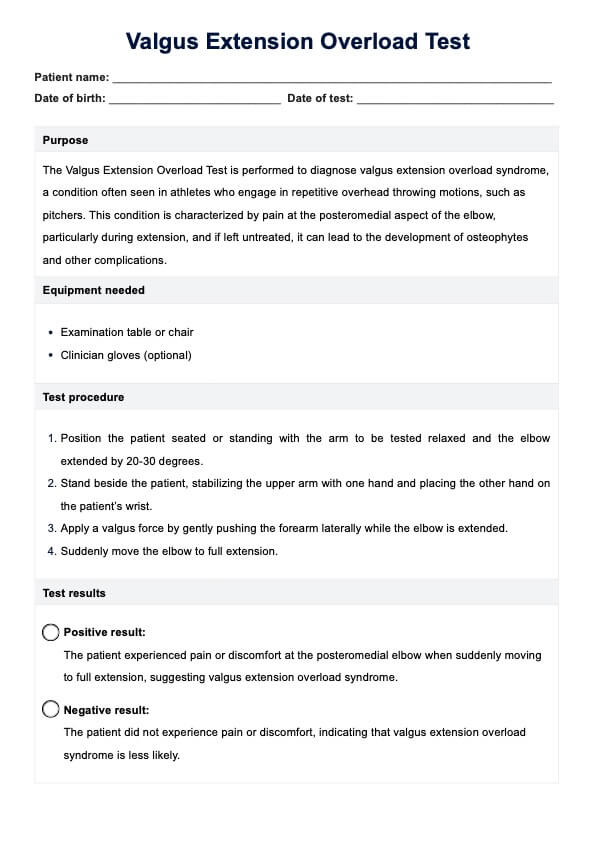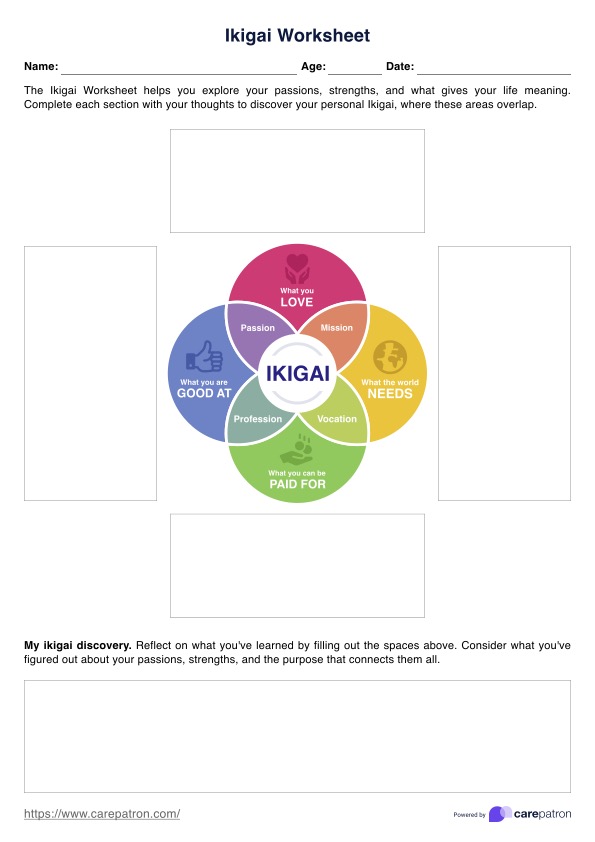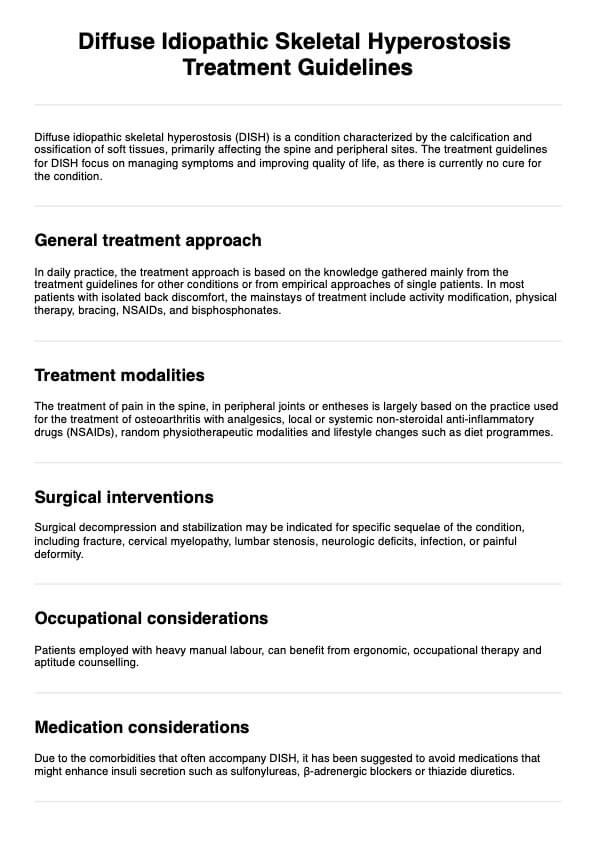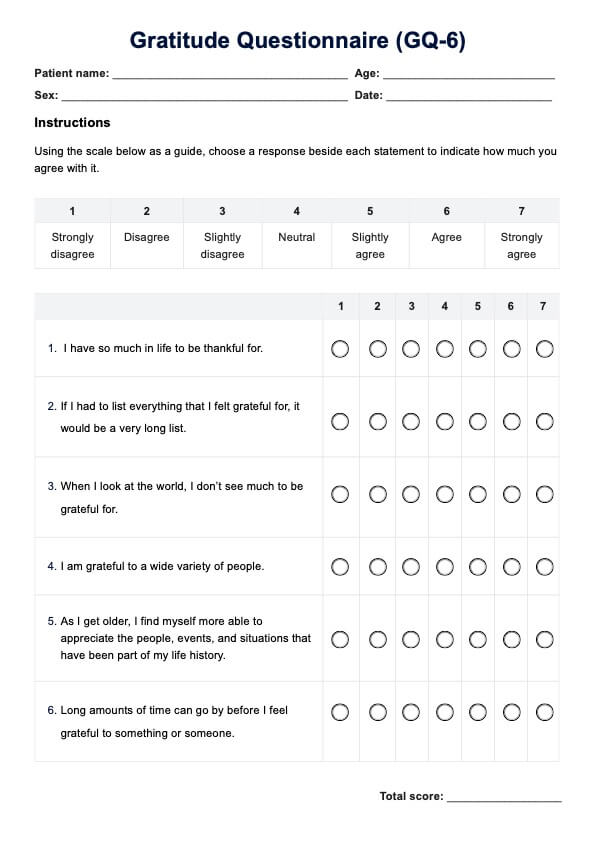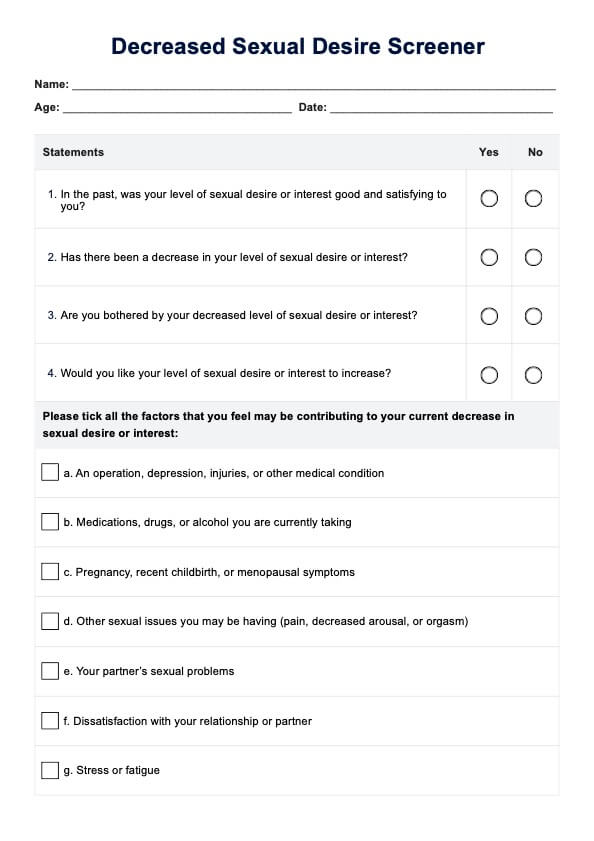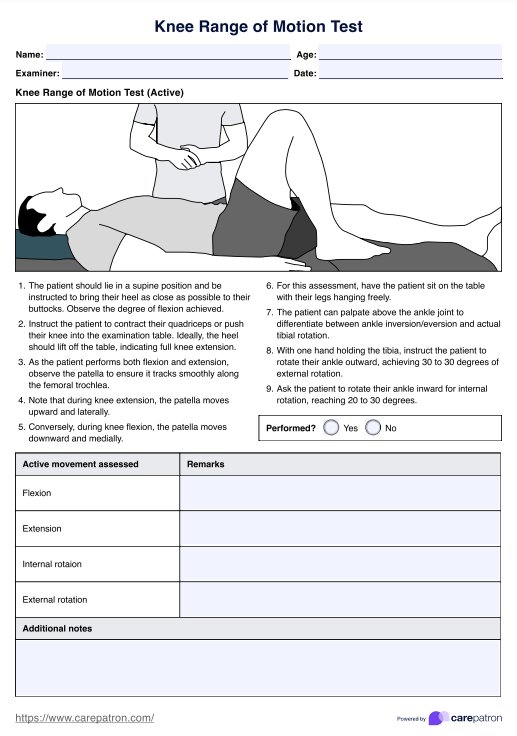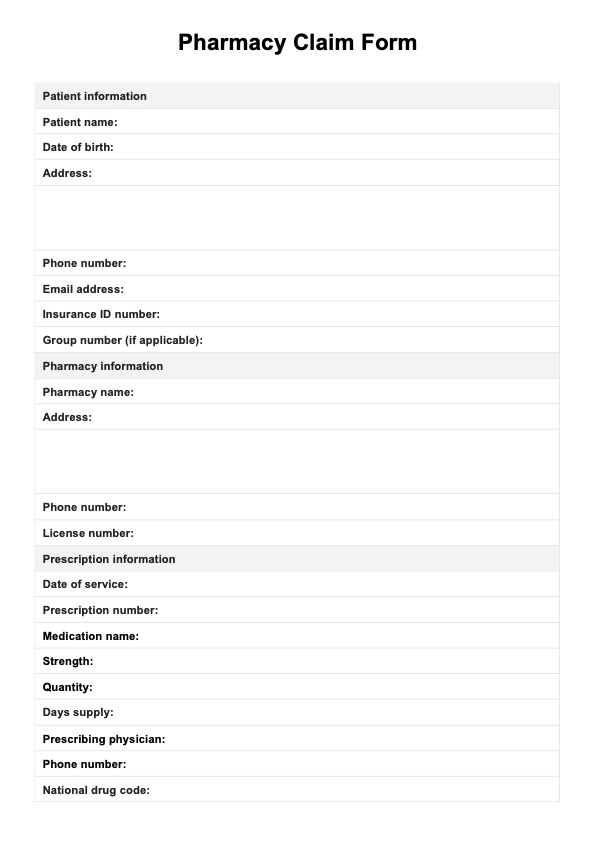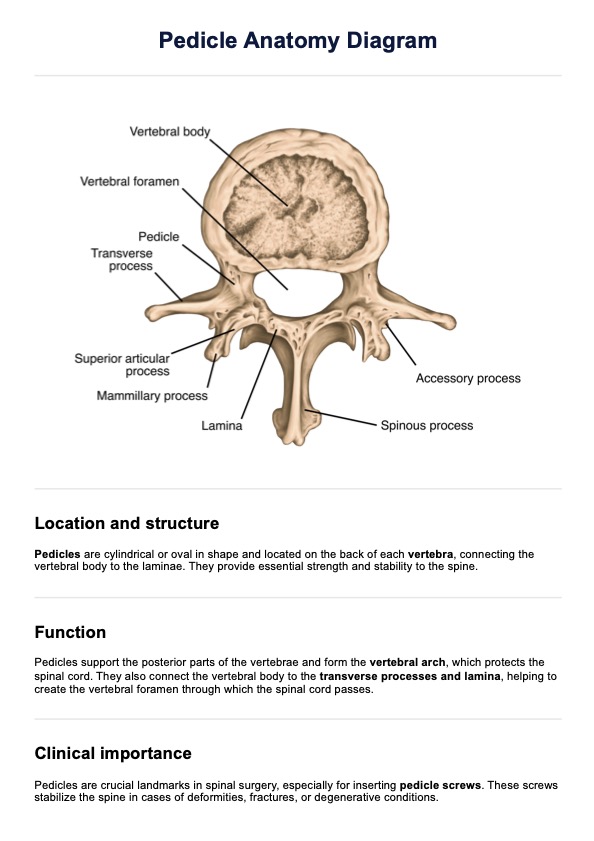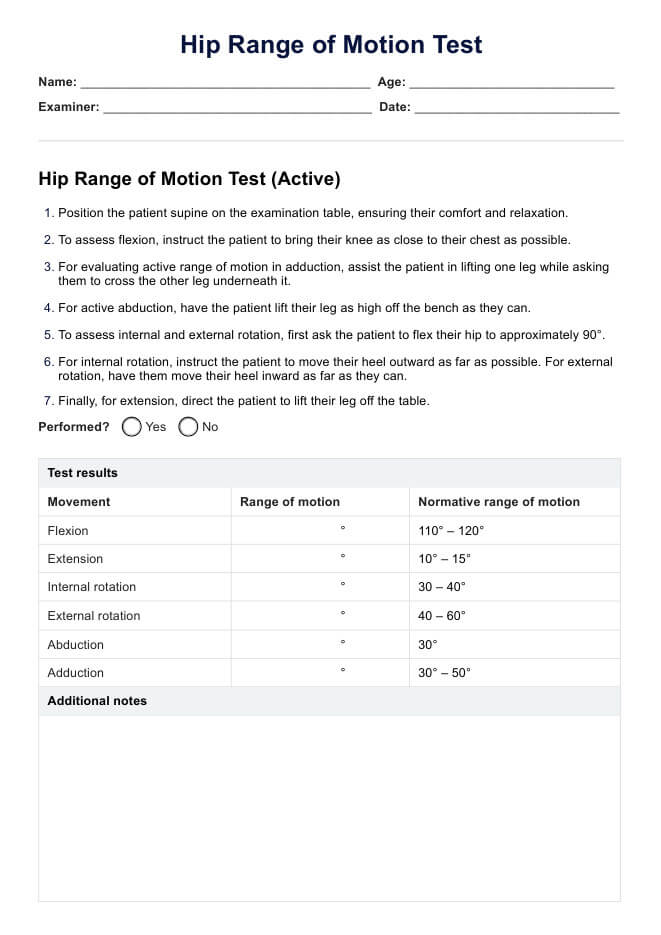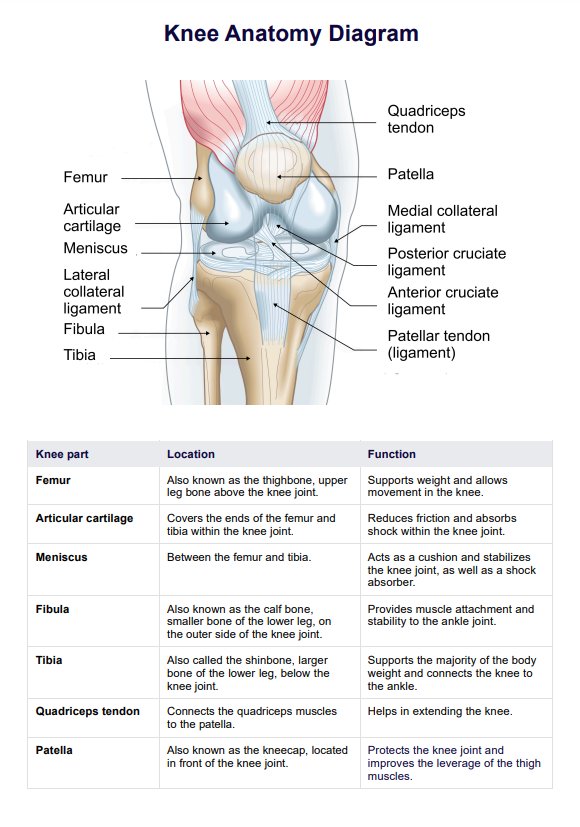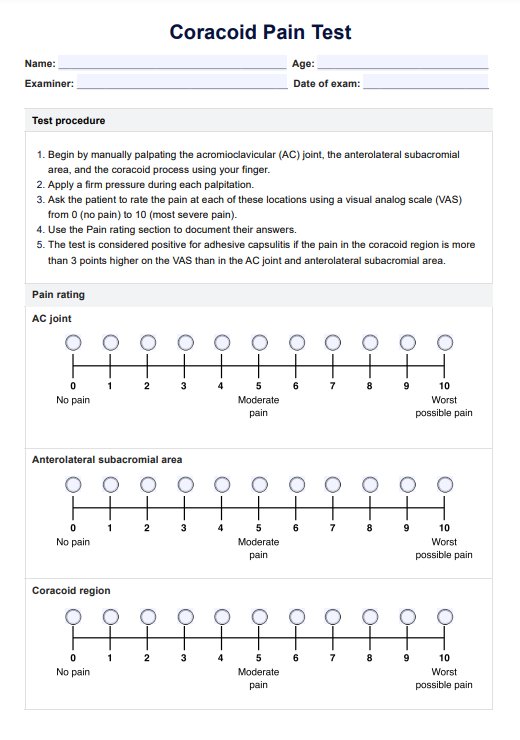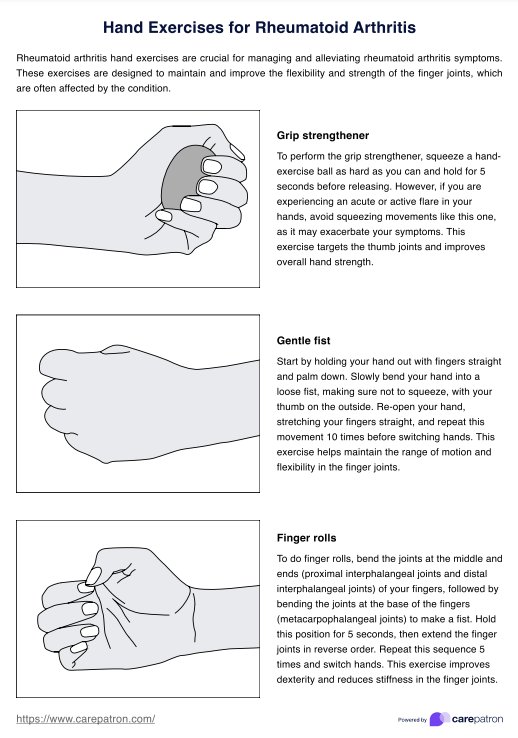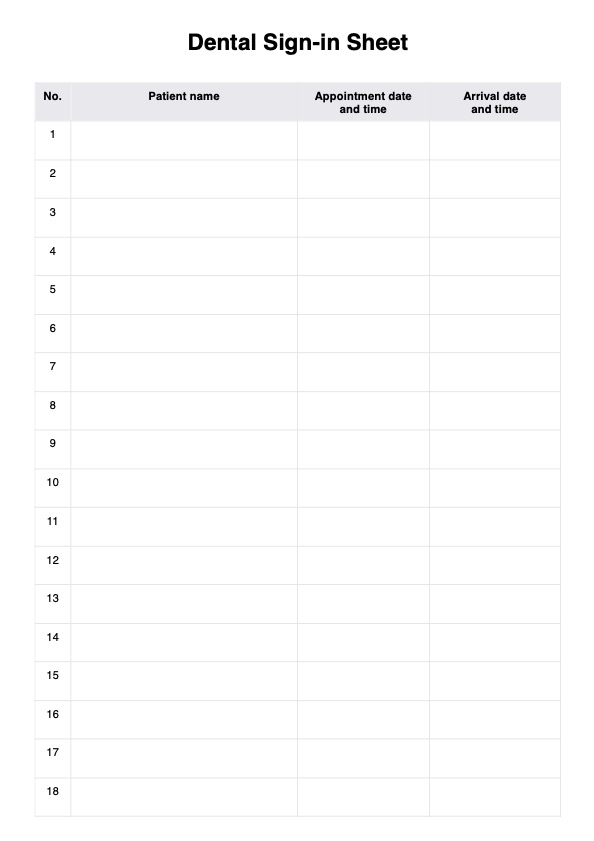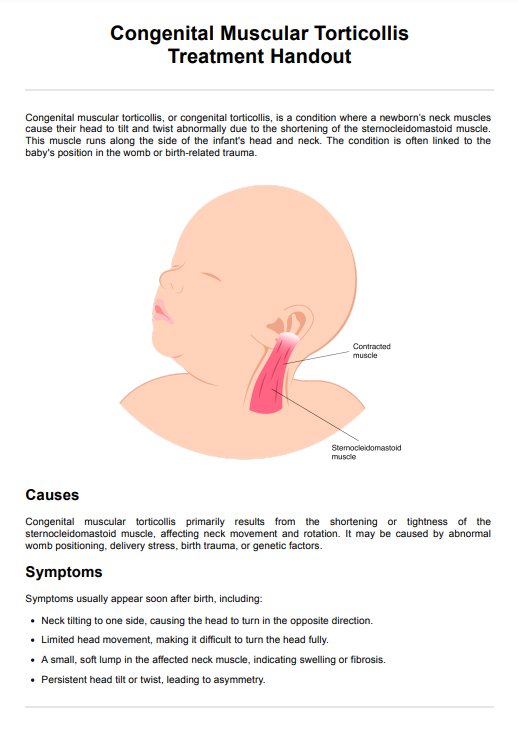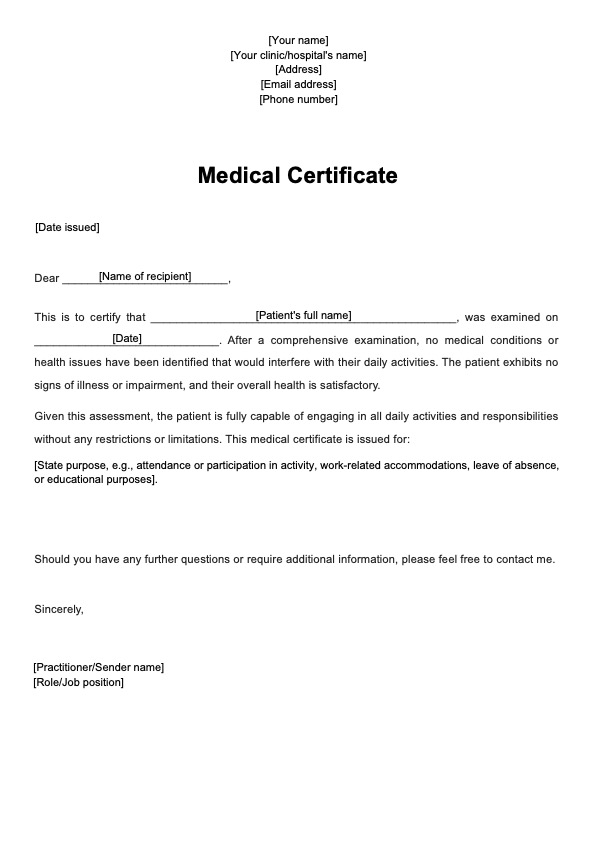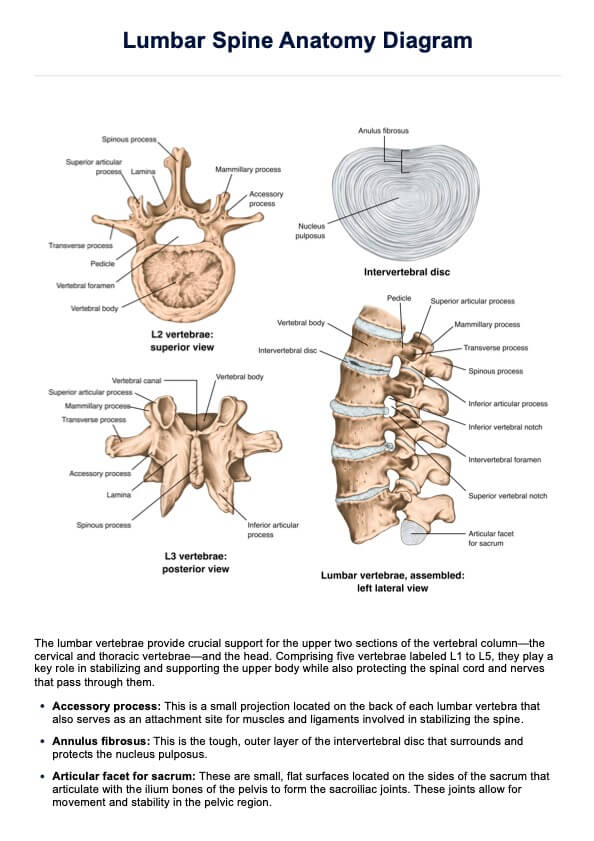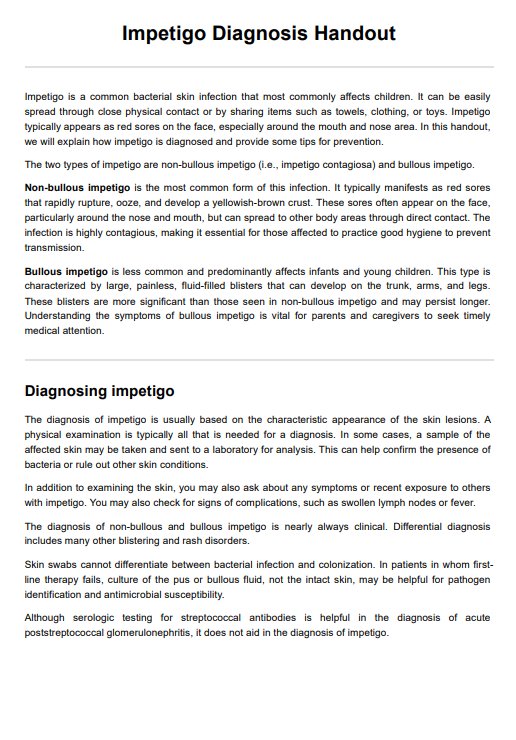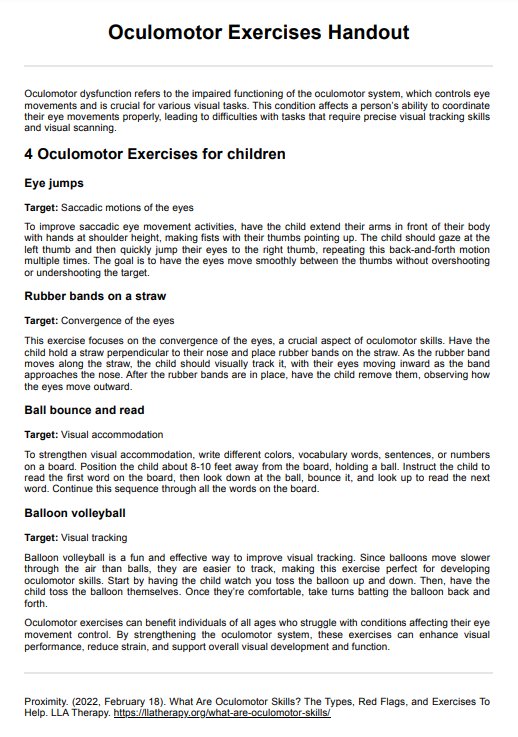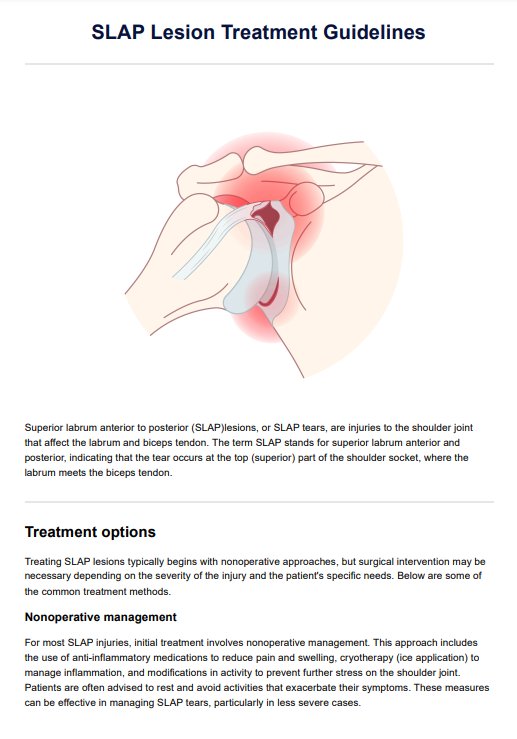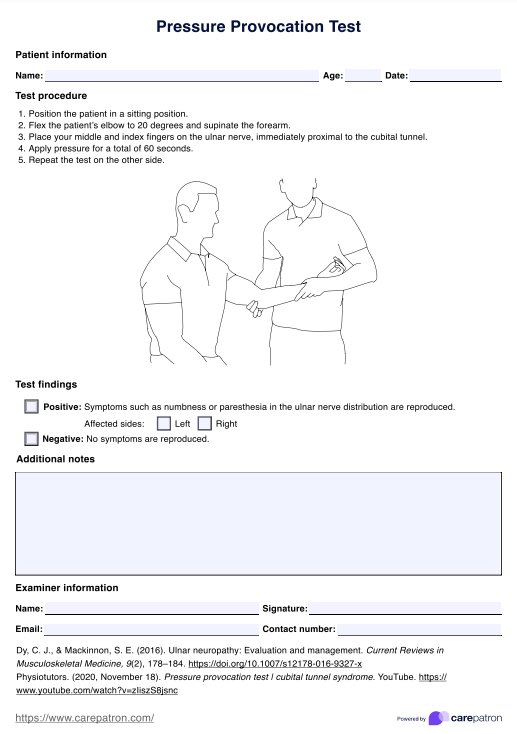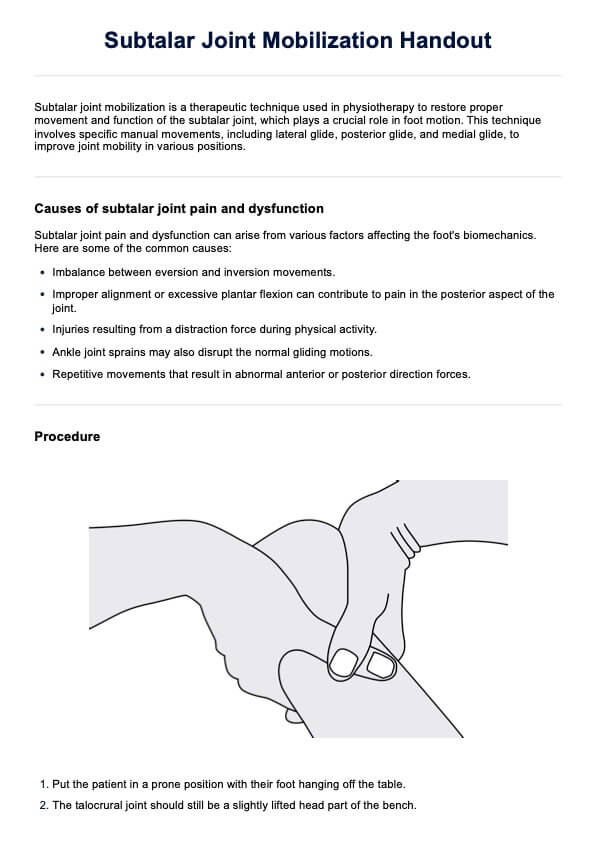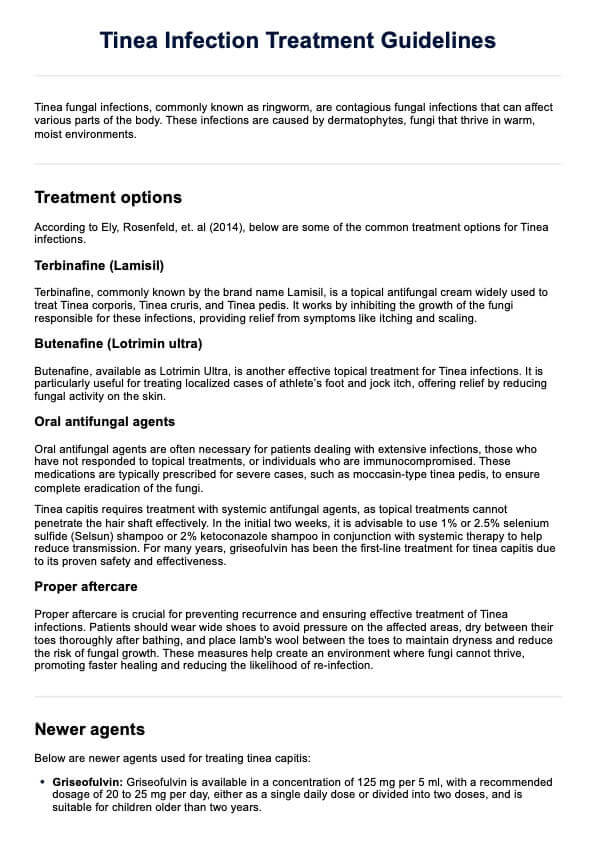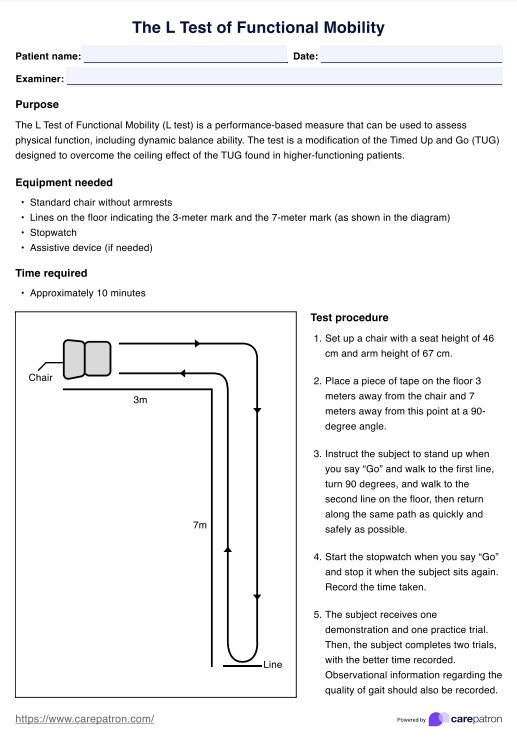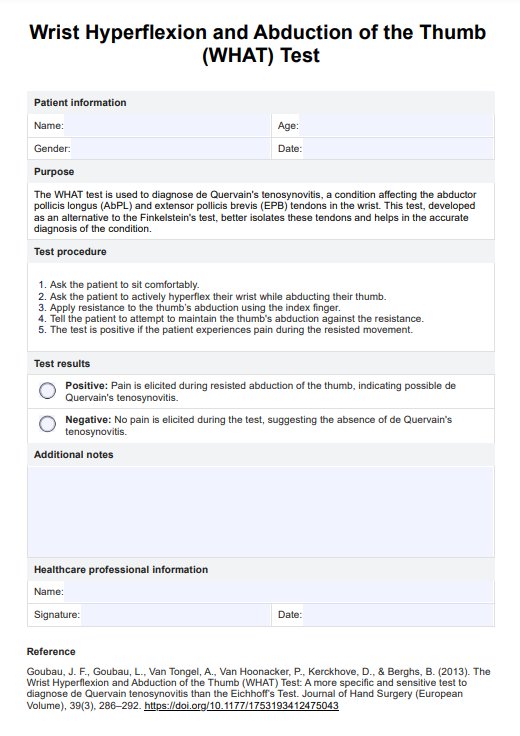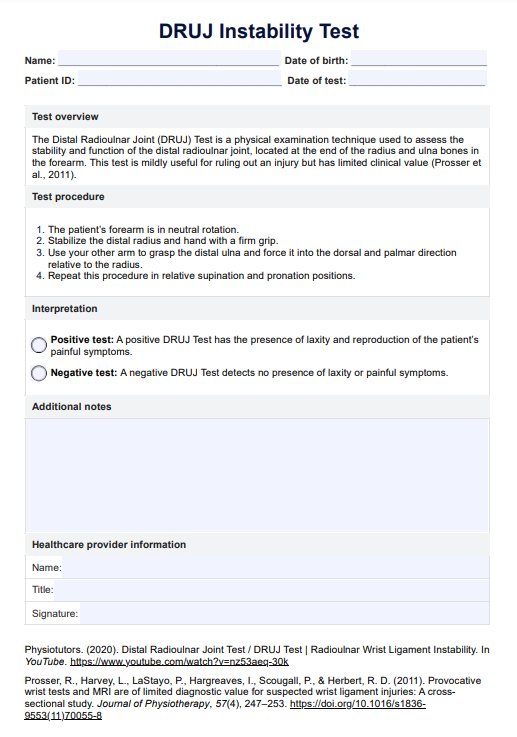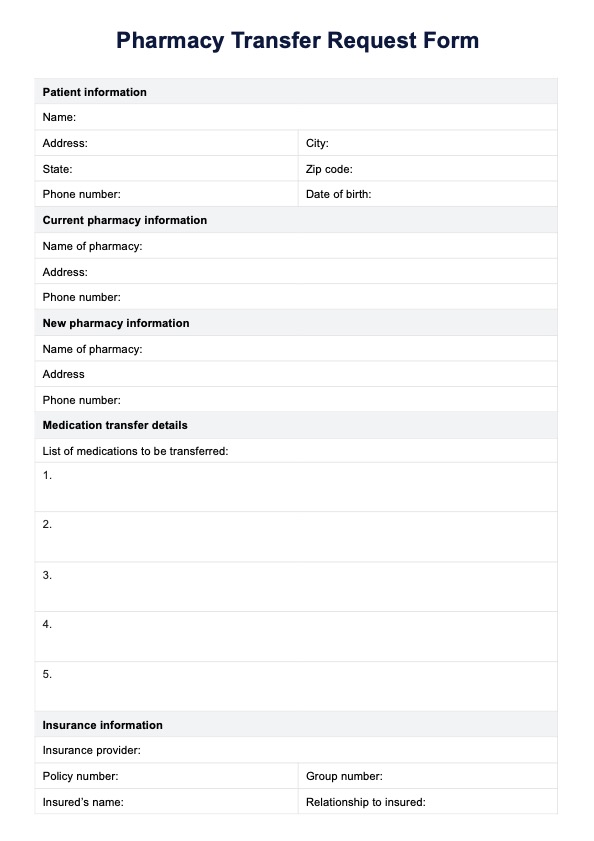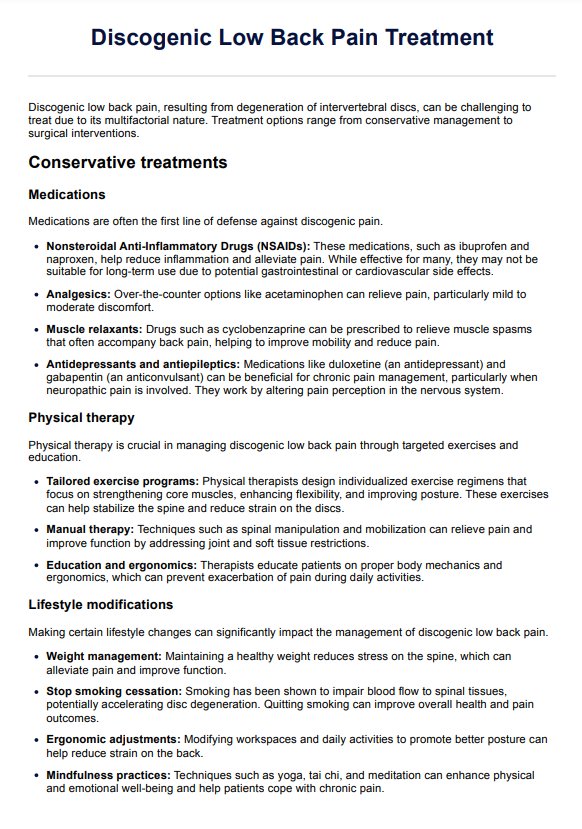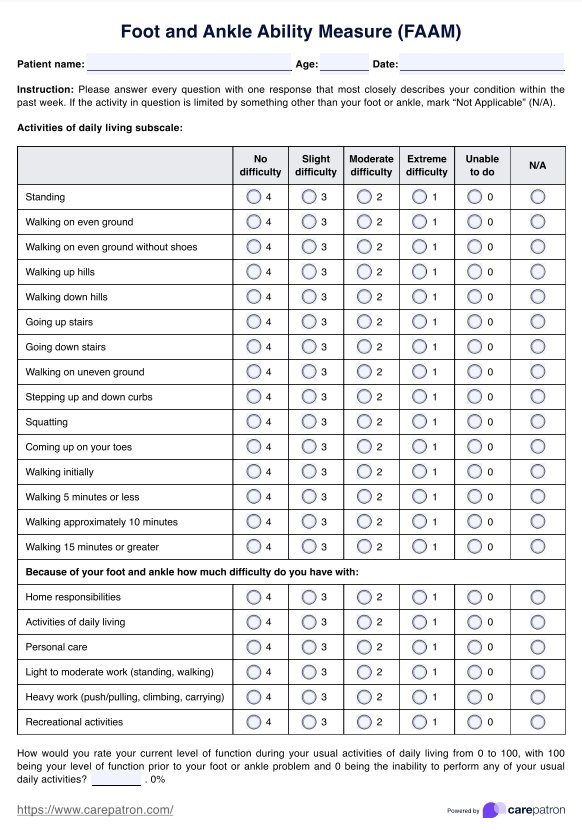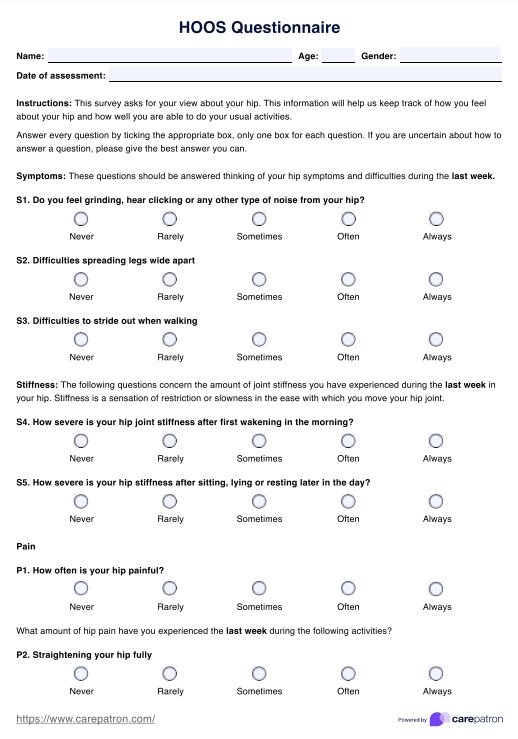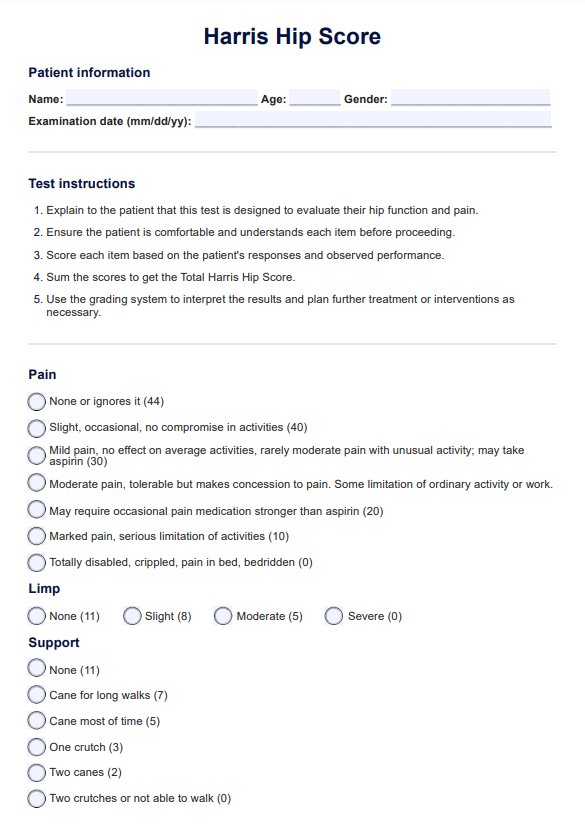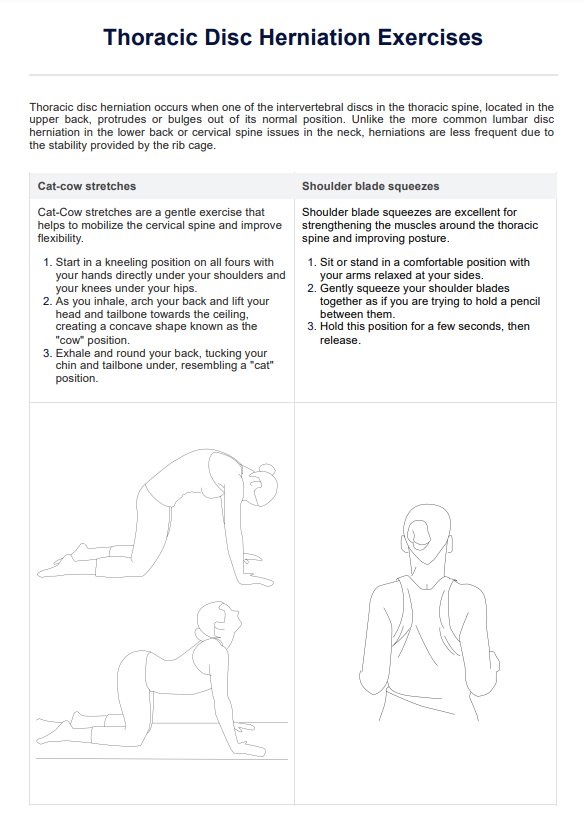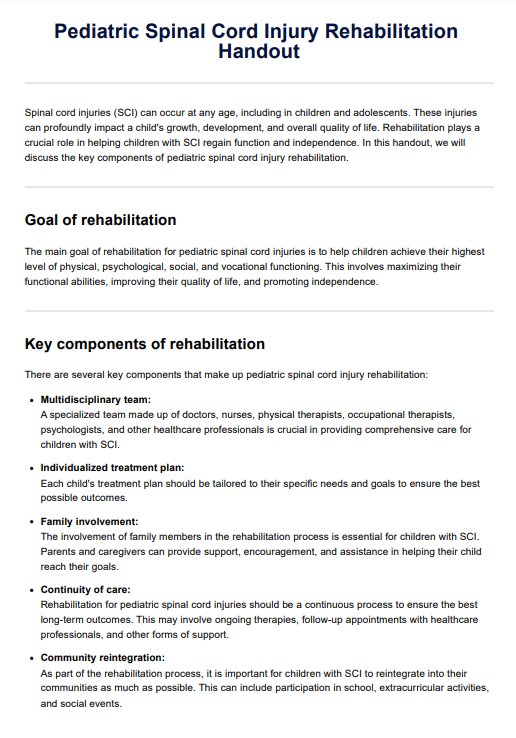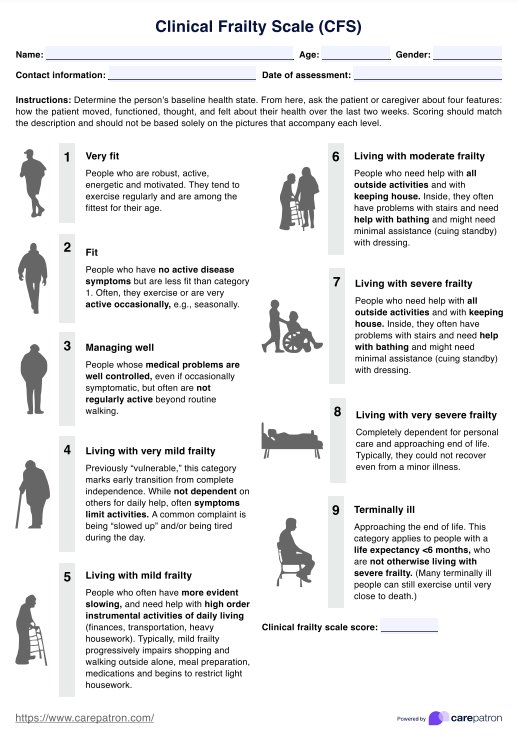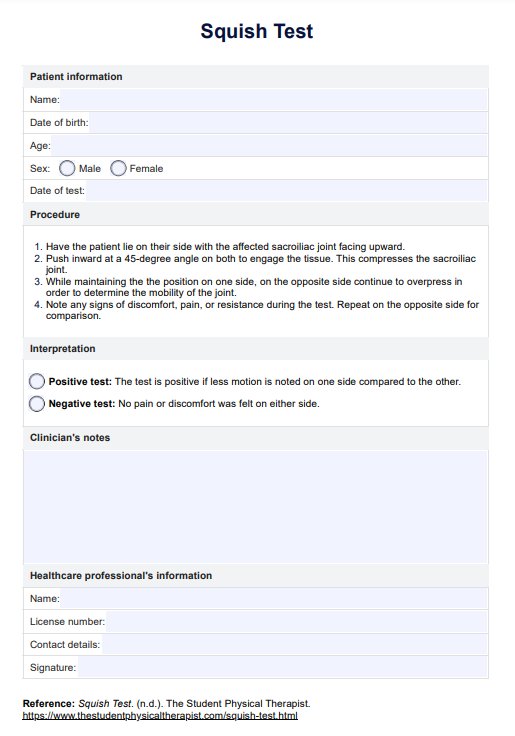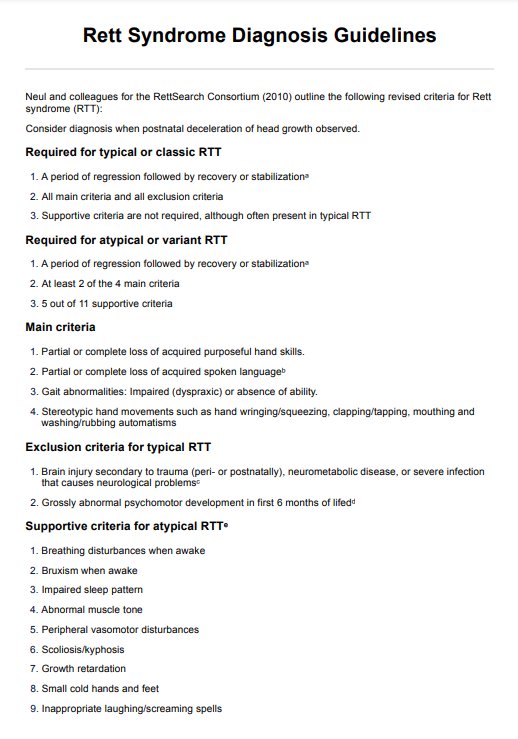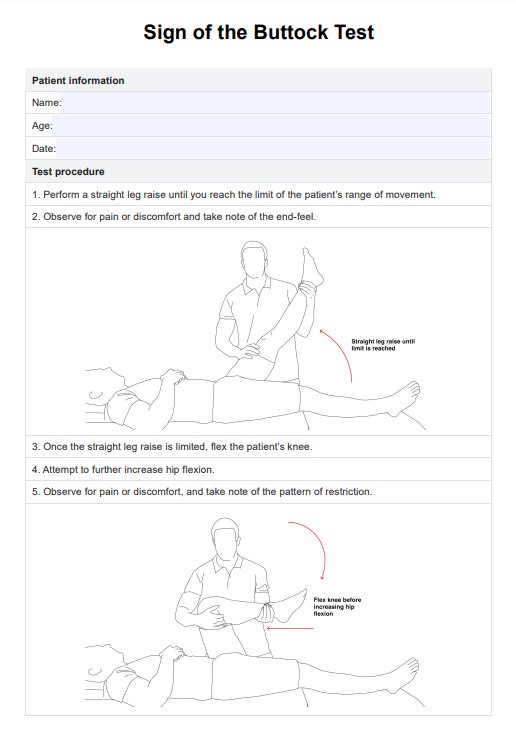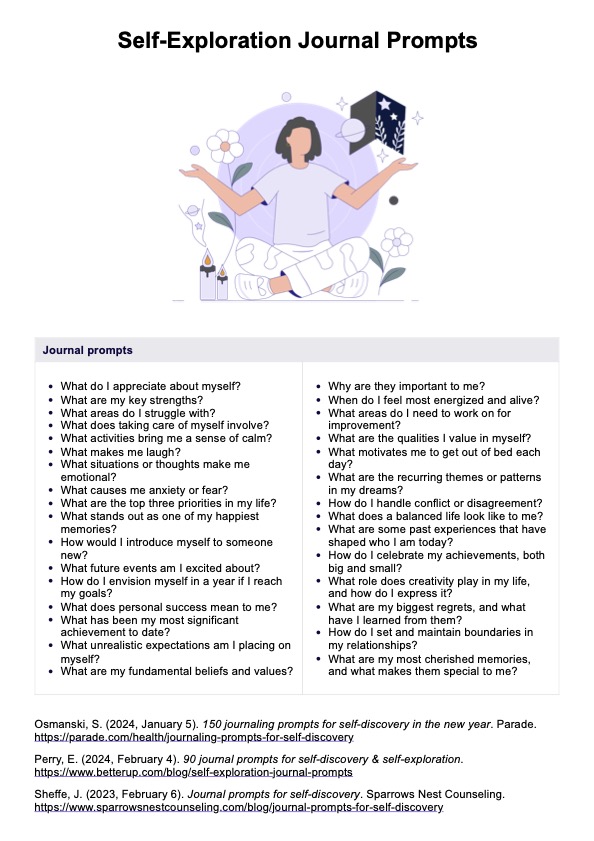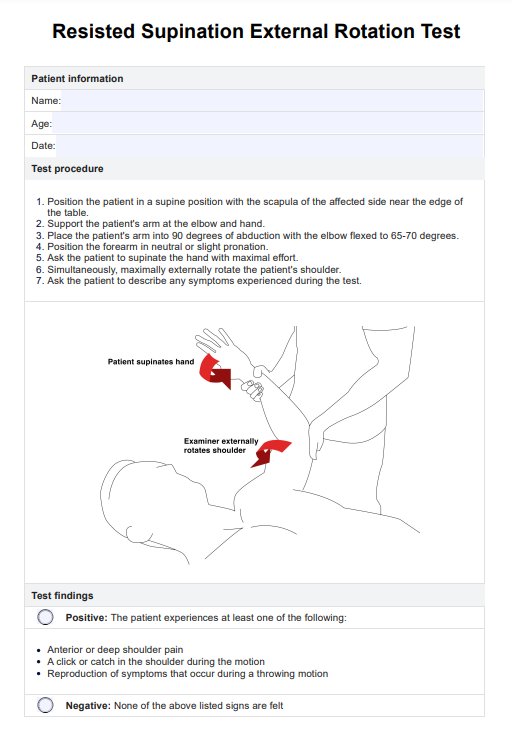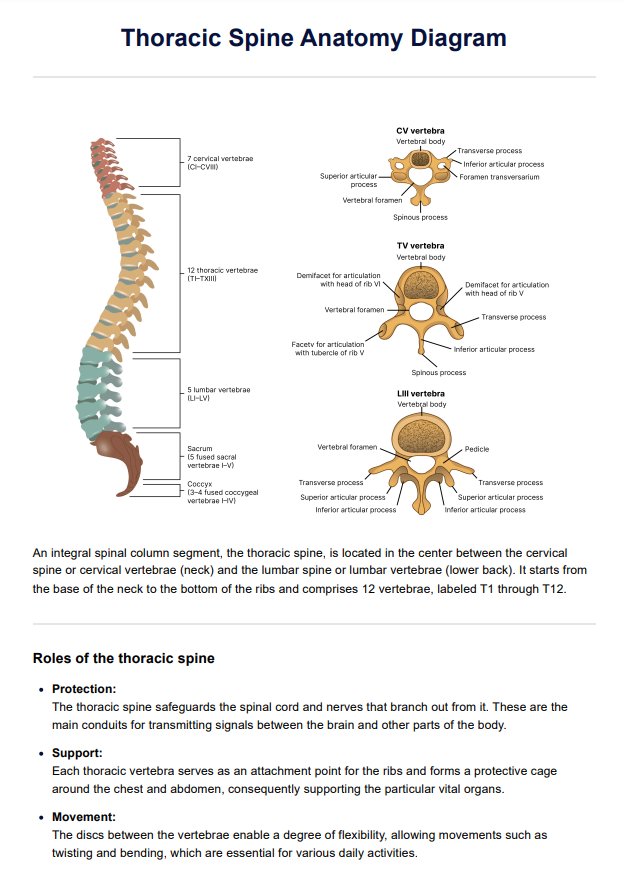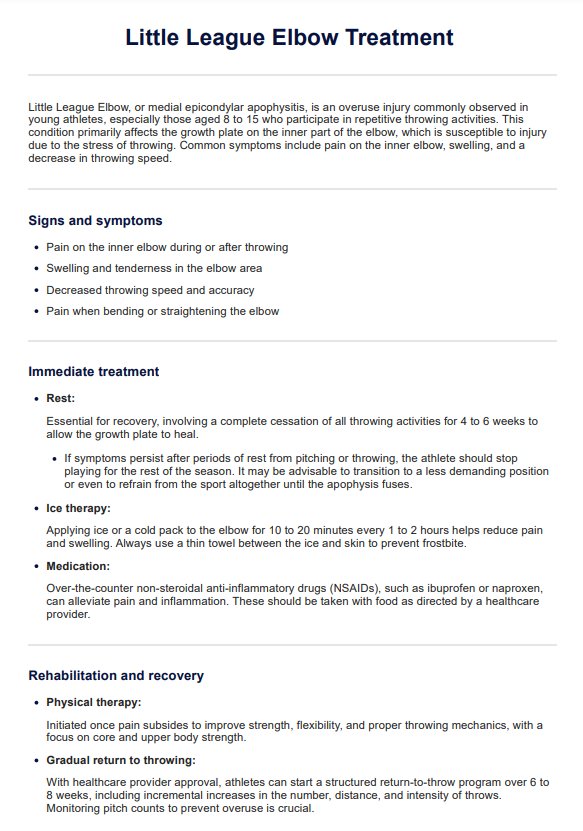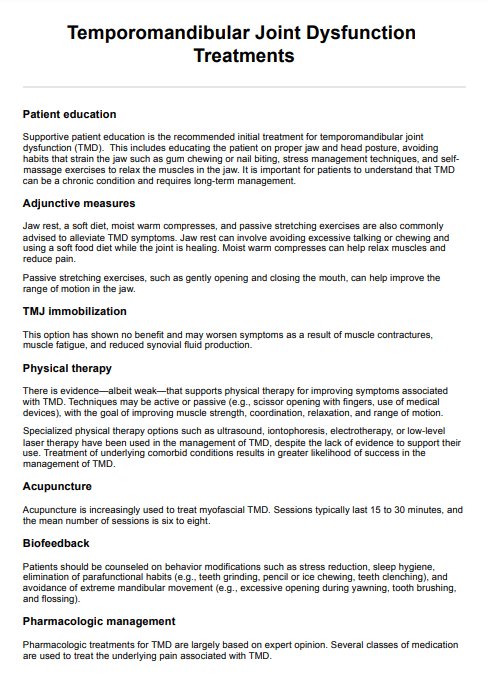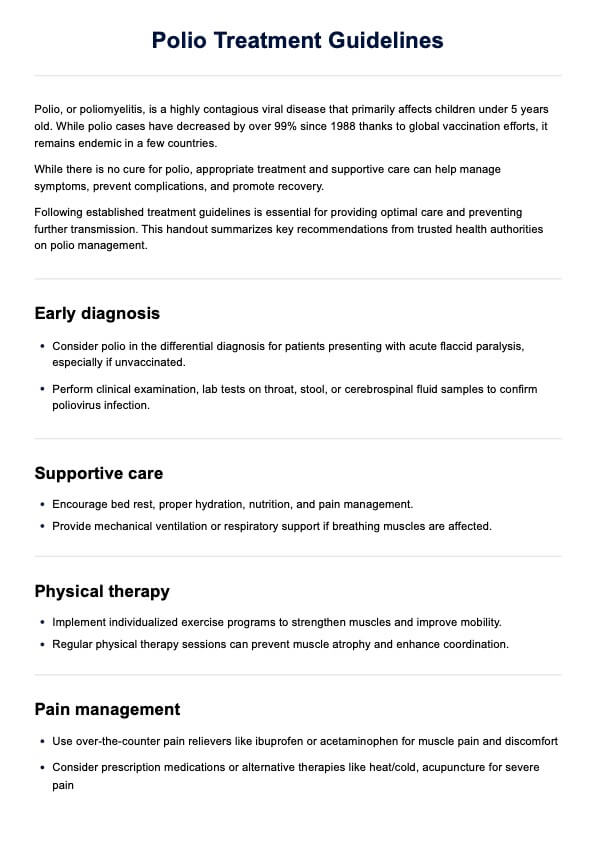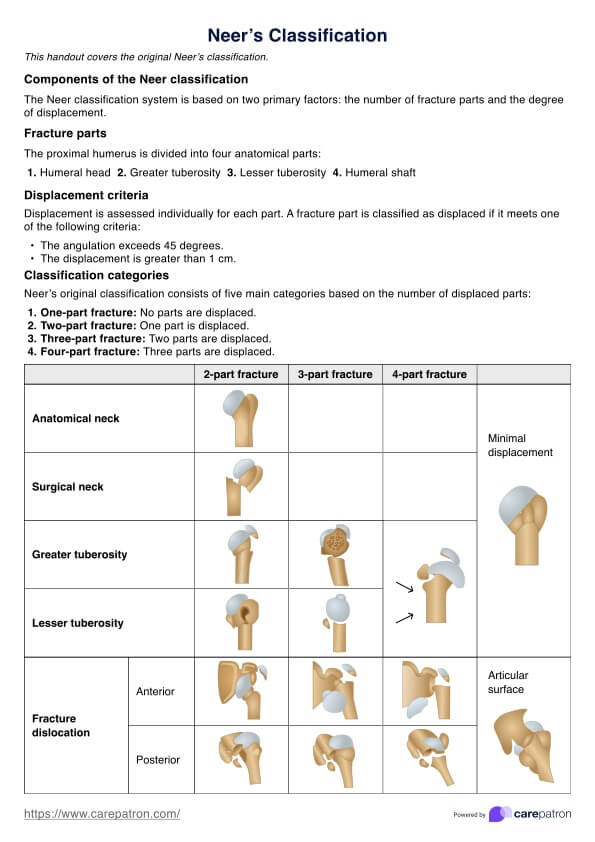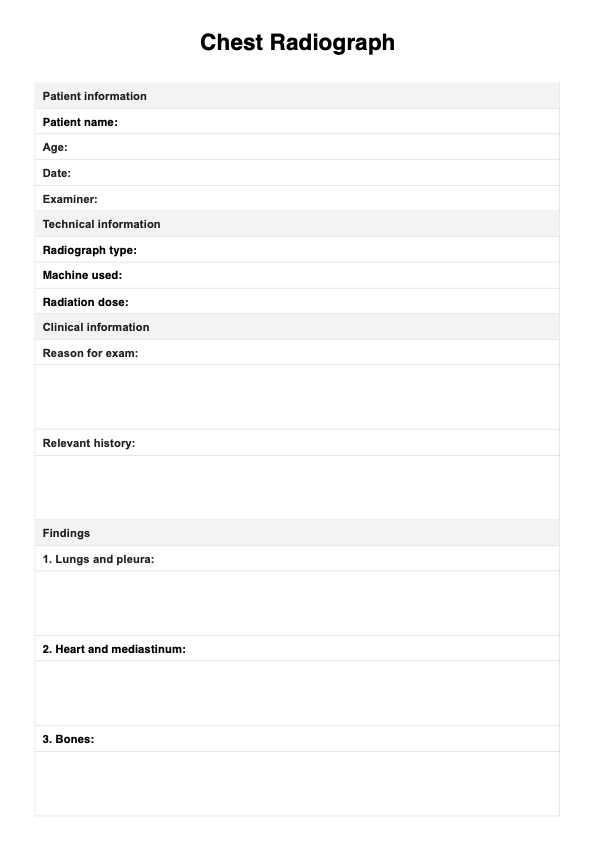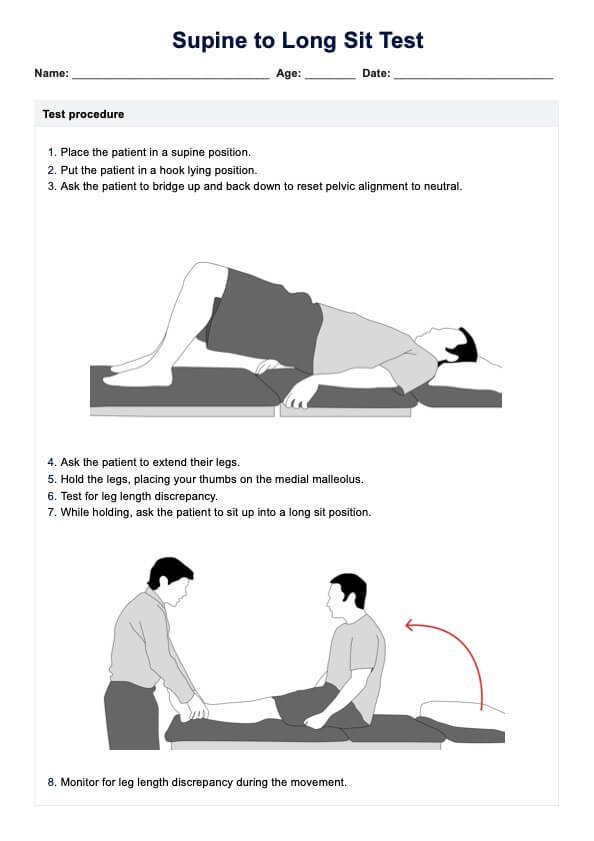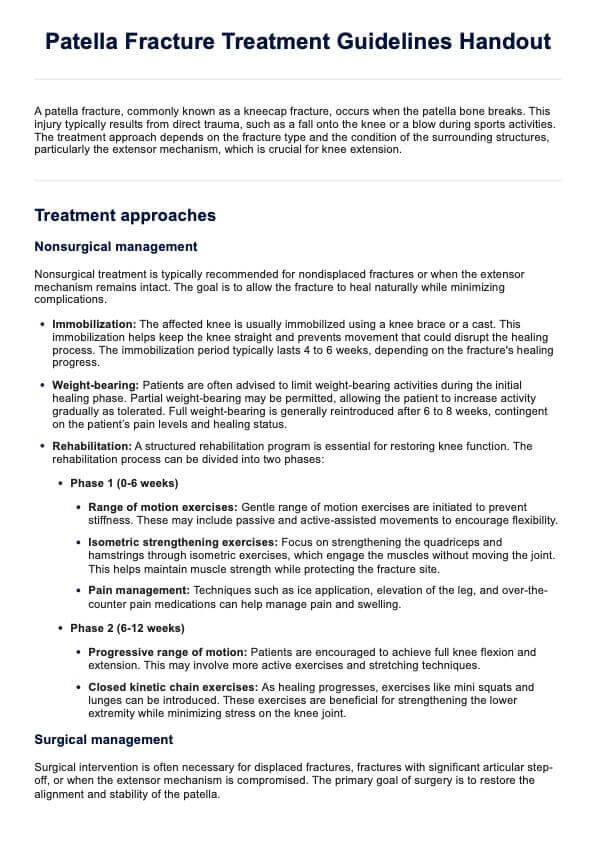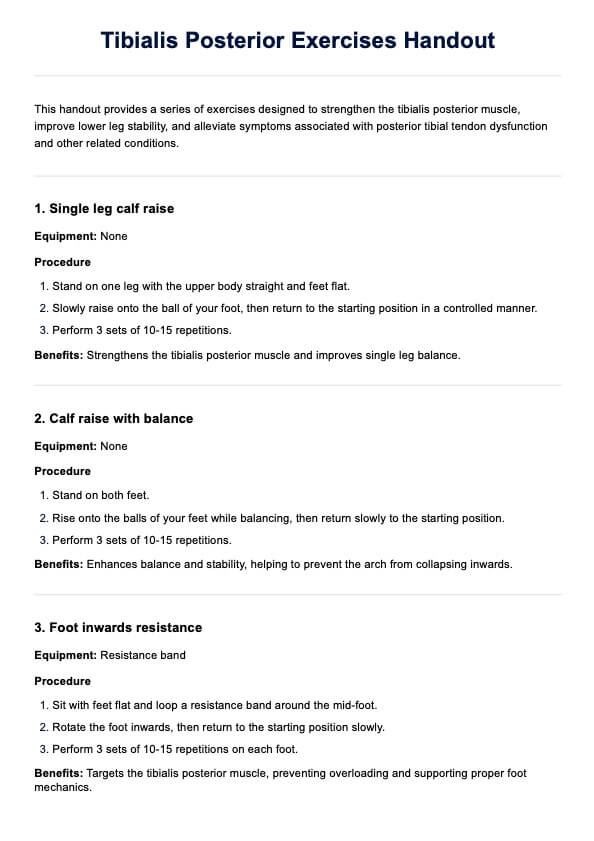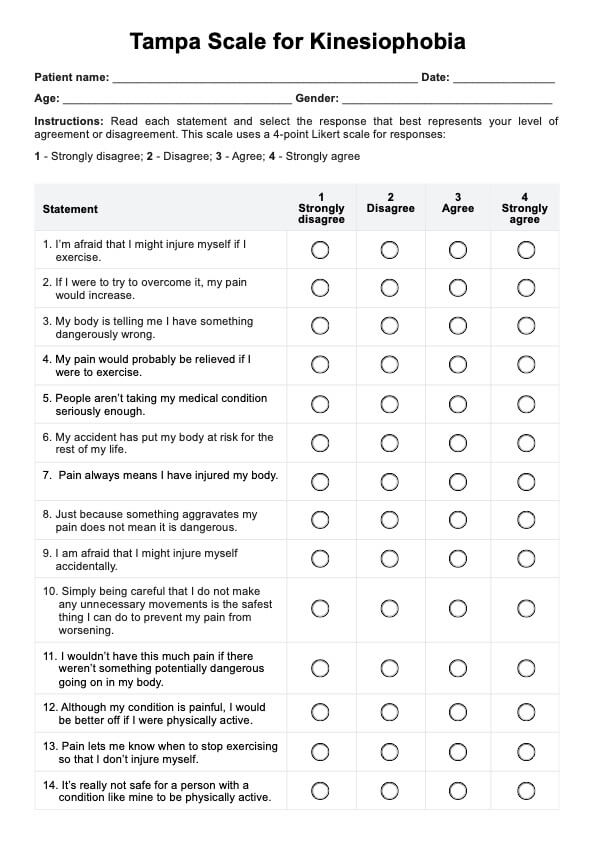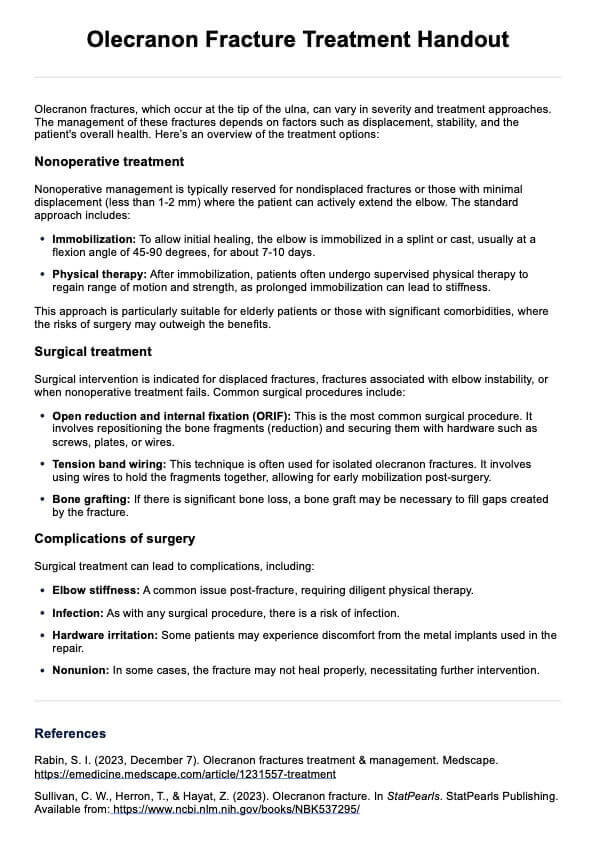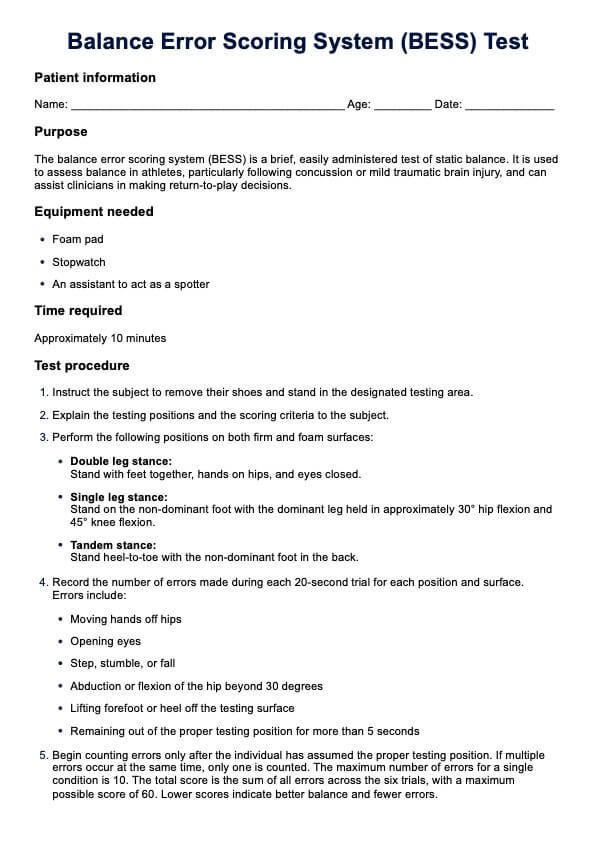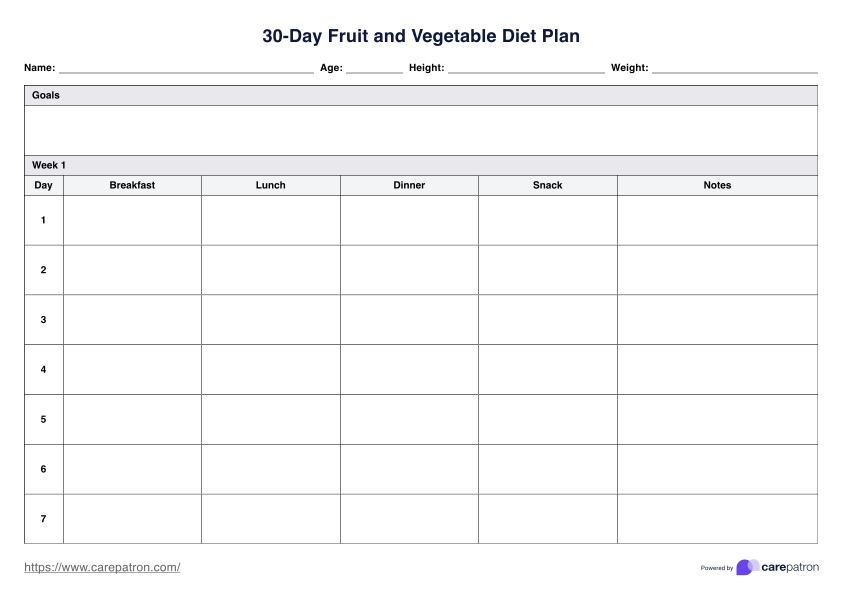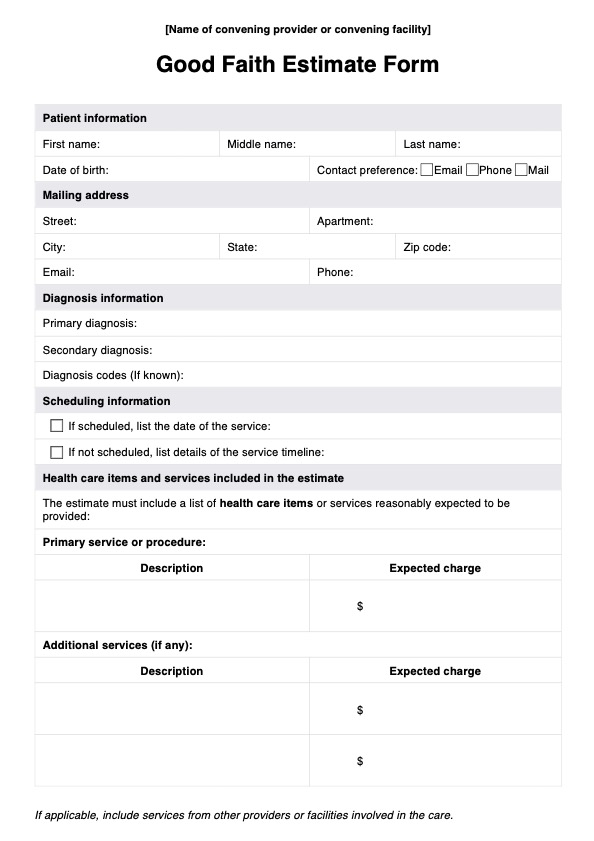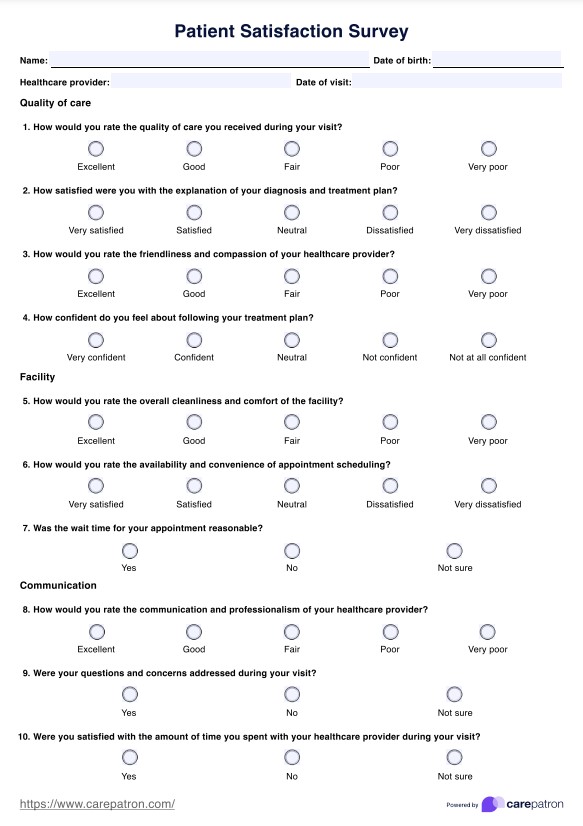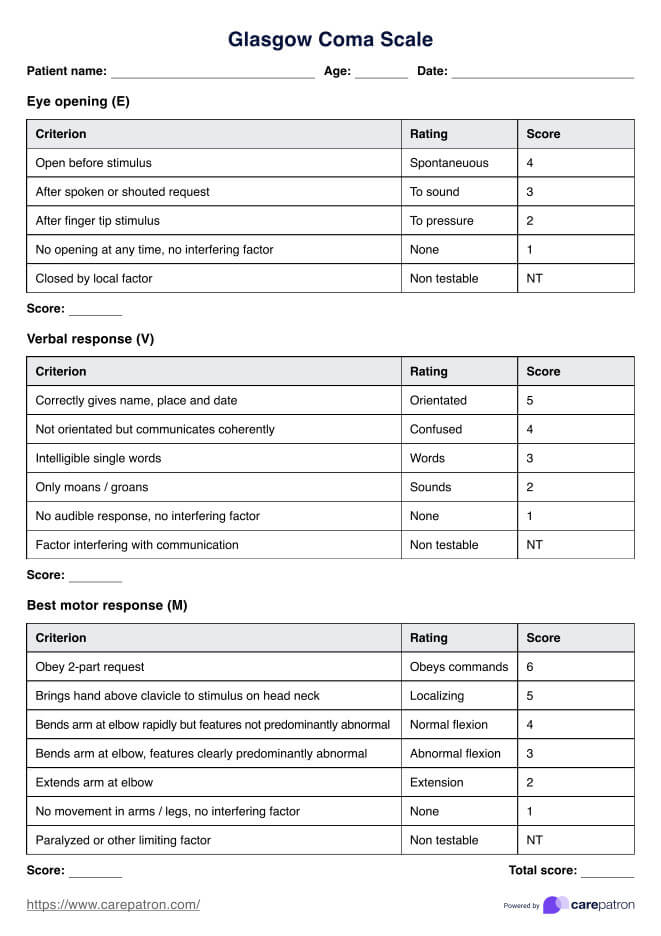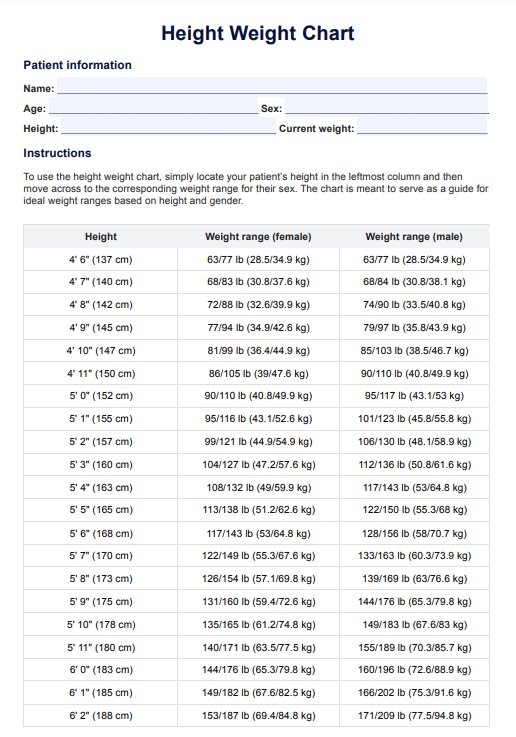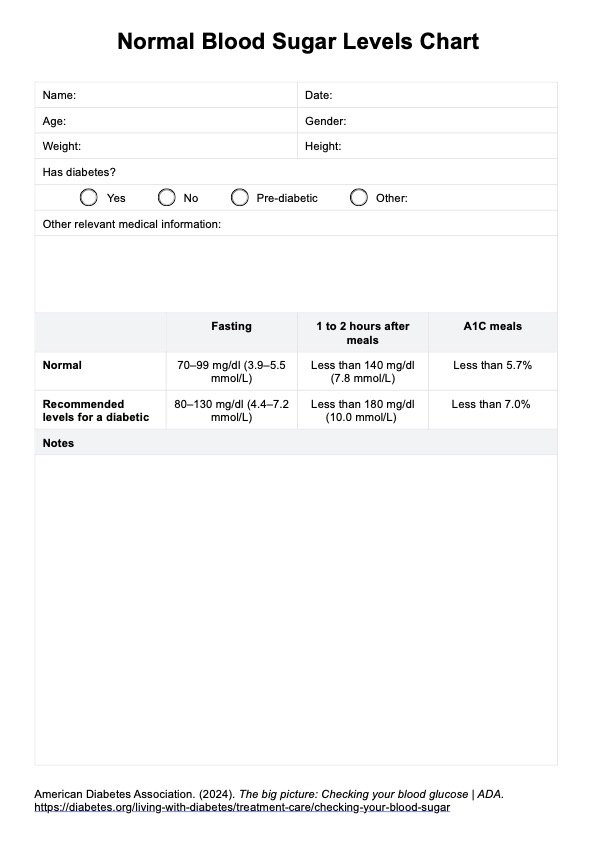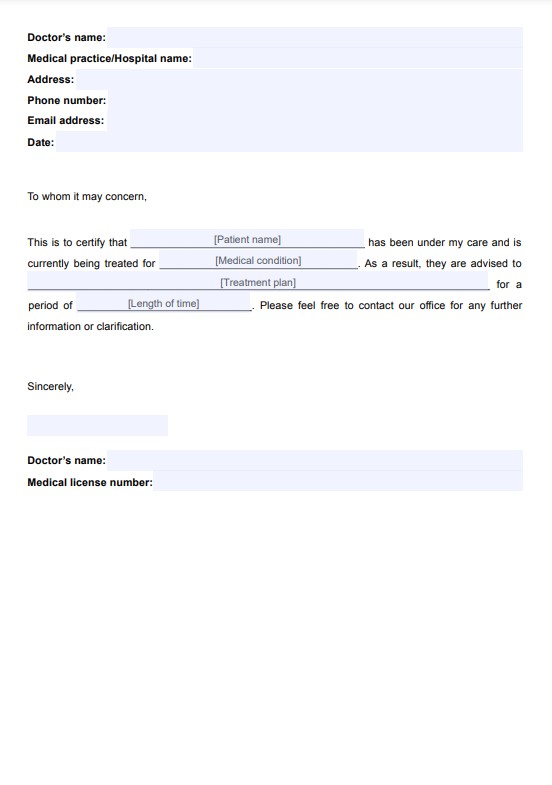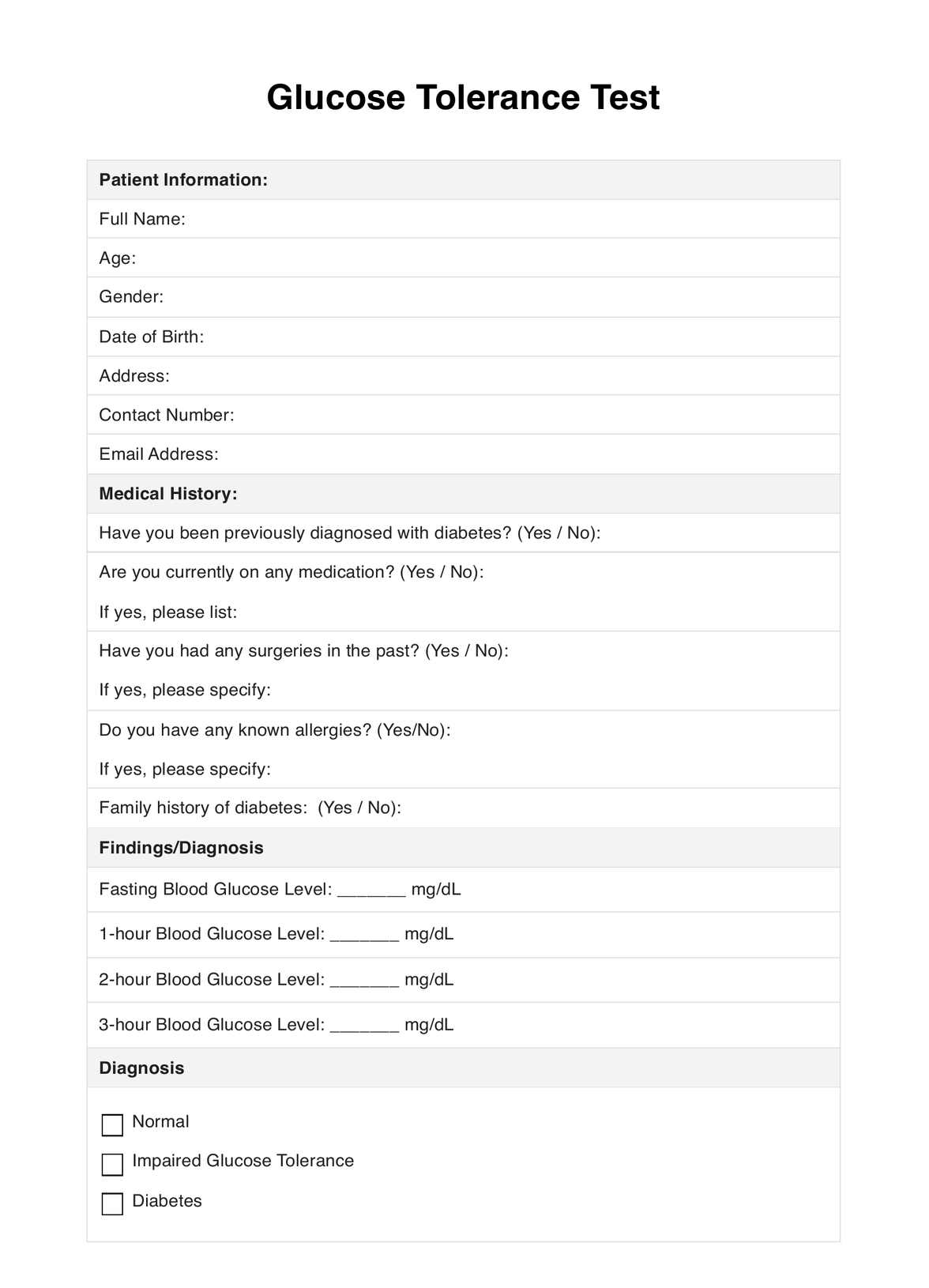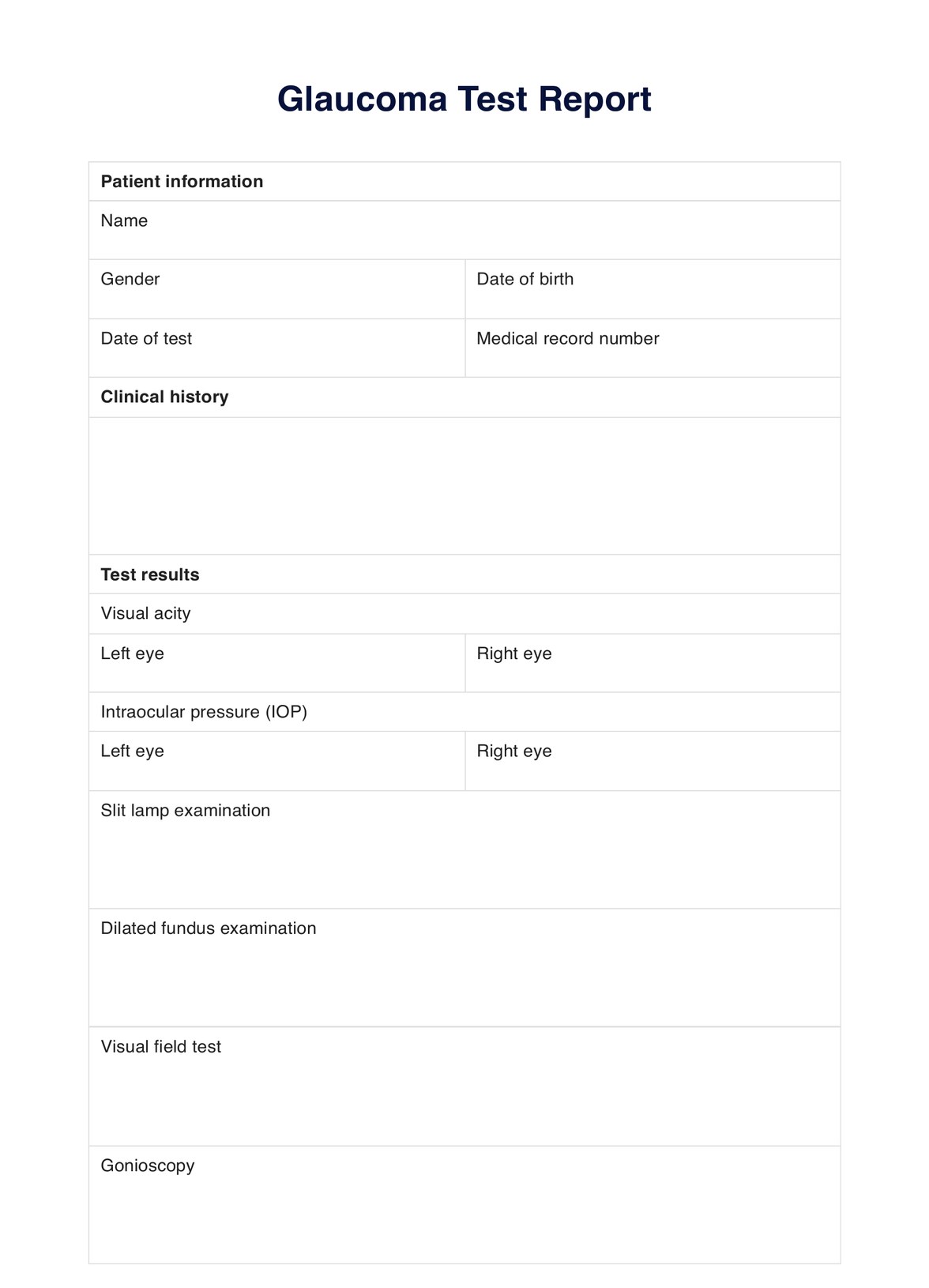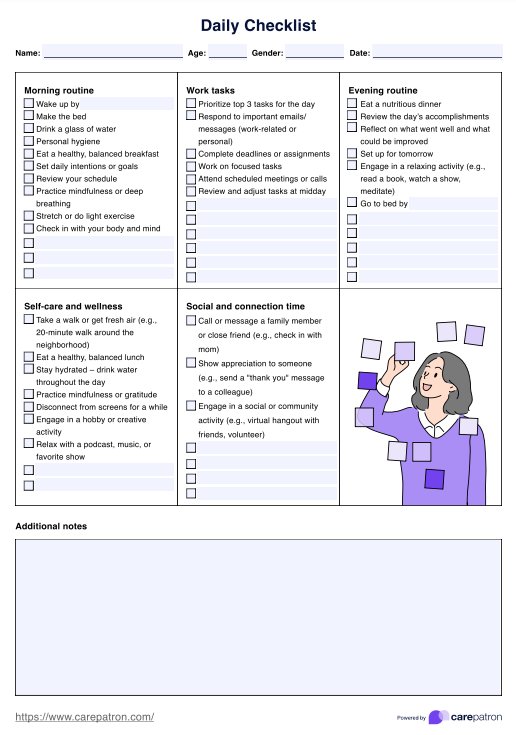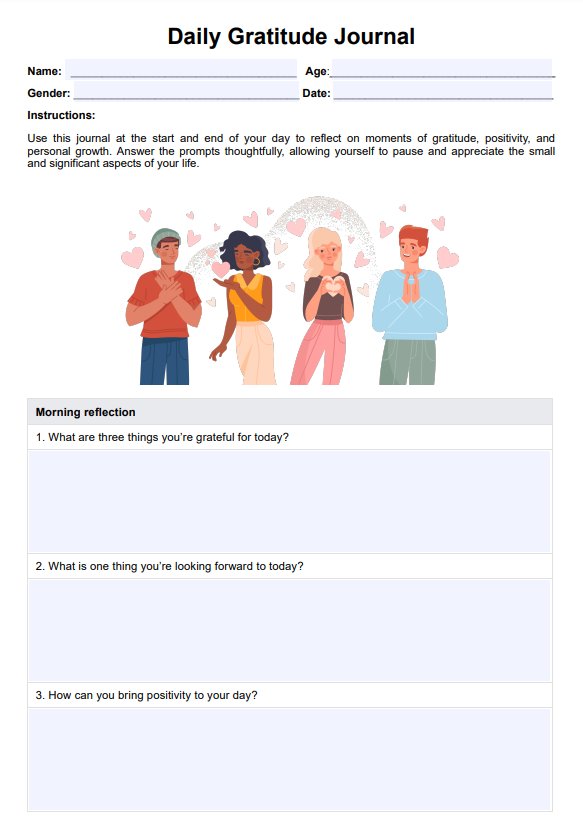Celiac Disease Diet Chart
Use our free Celiac Disease Diet Chart to plan your patient's gluten-free meals. Download the PDF template now.


What is a Celiac Disease Diet Chart?
A Celiac Disease Diet Chart, also known as a gluten-free diet chart, is a dietary plan that excludes foods containing gluten. Those who follow this diet do so because celiac disease is an autoimmune disorder in which the consumption of gluten, a protein found in wheat, barley, rye, and their derivatives, triggers an immune response that damages the lining of the small intestine. Ingesting gluten can lead to a range of digestive and other health problems.
A typical diet chart for celiac disease provides guidelines on naturally gluten-free foods and ingredients: naturally gluten-free grains, fruits and vegetables, lean proteins, dairy products, and gluten-free grains and flour. The chart also includes tips and reminders on reading products labeled gluten-free, gluten-free baking, processed foods, avoiding cross-contamination, and remaining gluten-free when eating out.
Our take on the Celiac Disease Diet Chart has similar content, in which there are tips and reminders on minimizing your patient's risk of accidentally ingesting gluten when buying food in the grocery or restaurants. What makes our template different, however, is we've included a table where you can write down your daily meal plan for seven days in case your patient needs to learn how to adjust to a gluten-free diet or pinpoint which of the dishes they ate within the day/week caused an unfavorable reaction.
With our blank detailed meal plan template, you can streamline your client's health management and devise a healthy gluten-free diet with gluten-free food or alternatives like gluten-free bread and pasta alongside fruits, vegetables, meat, and more.
Celiac Disease Diet Template
Celiac Disease Diet Example
How does our Celiac Disease Diet Chart template work?
Though our Celiac Disease Diet Chart is straightforward and flexible enough to accommodate any approach you and your client plan to take, follow the steps below for guidance on how to make the most of the template.
Step 1: Secure a template
To retrieve a digital and printable celiac disease diet chart as required, you can proceed to use one of these methods:
- Select either the "Download Template" or "Use Template" button
- Utilize the search feature in Carepatron's template library on the website or app with "Celiac Disease Diet Chart" as your query.
Step 2: Read the content
One purpose of the chart is to be a source of information you can refer to when you need reminders about the type of food you can eat and tips on minimizing the risk of ingesting gluten.
Step 3: Fill out the meal plan
Those who have just been diagnosed with celiac disease, who like planning out their meal in advance, or who need a helping hand with figuring out what to eat may utilize the section dedicated to writing down a daily meal plan. In this section, you can brainstorm and write down gluten-free recipes or dishes your patient may enjoy.
Step 4: Ensure the template's security
At the end of your consultation, it's essential to take steps to safeguard the template and restrict access to authorized personnel. When dealing with digital copies, for easy retrieval and security, we suggest using Carepatron, a free patient records software that adheres to HIPAA-compliant standards.
When would you use this Celiac Disease Diet Chart?
A Celiac Disease Diet Chart is utilized in the management of celiac disease, a lifelong autoimmune disorder characterized by an adverse reaction to gluten. To be more specific, here are the situations you can employ:
Symptom management
People with celiac disease may experience a range of symptoms, such as digestive problems, fatigue, skin issues, and nutritional deficiencies. A celiac disease chart can help alleviate these symptoms by reminding the patient to choose the right types of food that provide essential nutrients that the body can absorb and that don't damage the intestinal lining.
Prevention of complication
Having a meal plan can help patients lessen the risk of developing serious complications like malabsorption of nutrients, osteoporosis, infertility, and an increased risk of certain cancers. One can prevent these long-term health issues by eating gluten-free food and adhering to a healthy gluten-free diet.
Overall well-being
Aside from avoiding symptoms and lessening the risk of complications, the chart can also be used to promote a healthier and better quality of life for those who are diagnosed with celiac disease. By following the diet chart diligently and eliminating all sources of gluten from the diet, patients lead an everyday and fulfilling life that can prevent ongoing damage to the intestinal lining.
Commonly asked questions
Aside from the patients, nutritionists and registered dieticians who are caring for patients diagnosed with celiac disease are the ones who will typically use a celiac disease diet chart.
Celiac disease diet charts are used chiefly during treatment and management of the condition, specifically when formulating a diet plan for celiac disease to avoid gluten-containing food.
They can be used as an educational resource, reference, or document where one can write down their daily meal plans.


